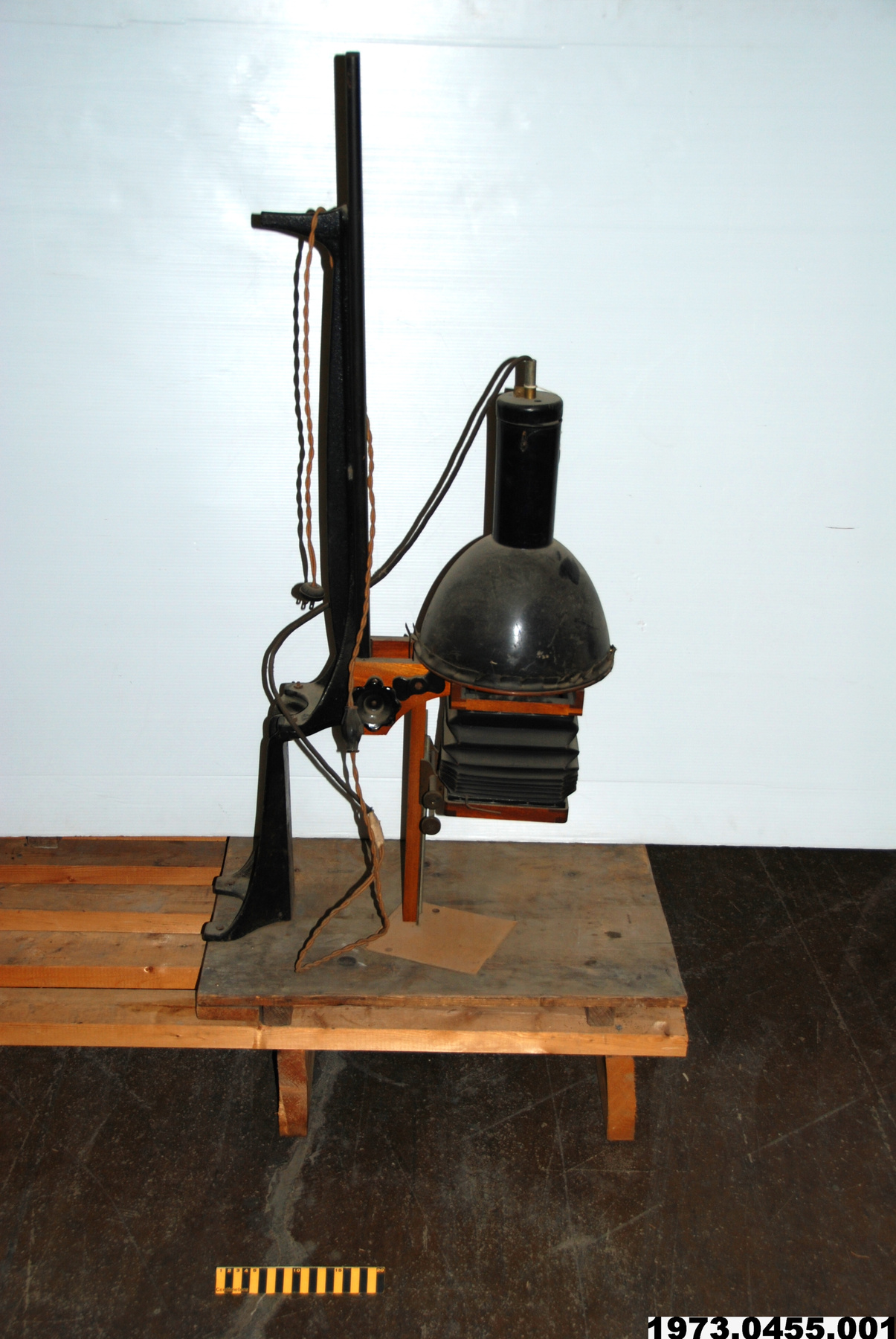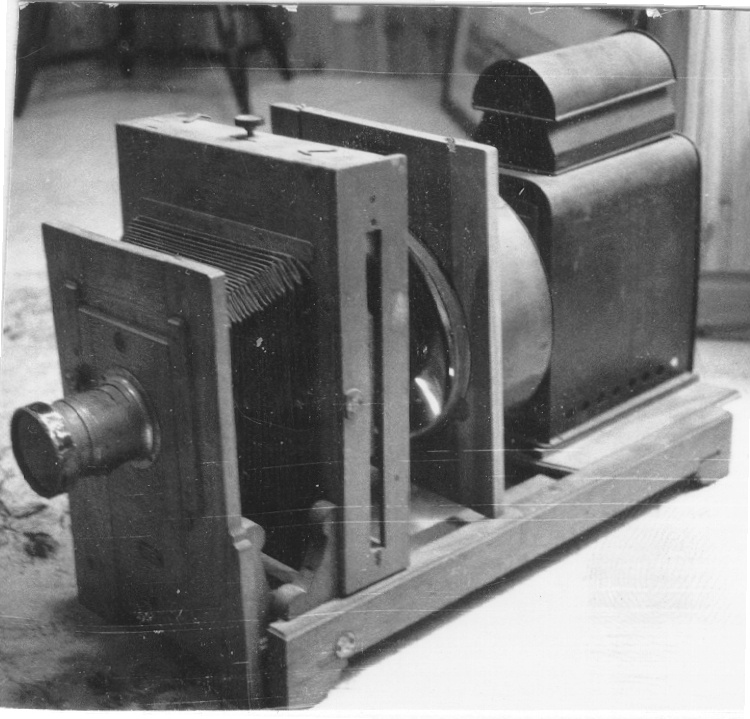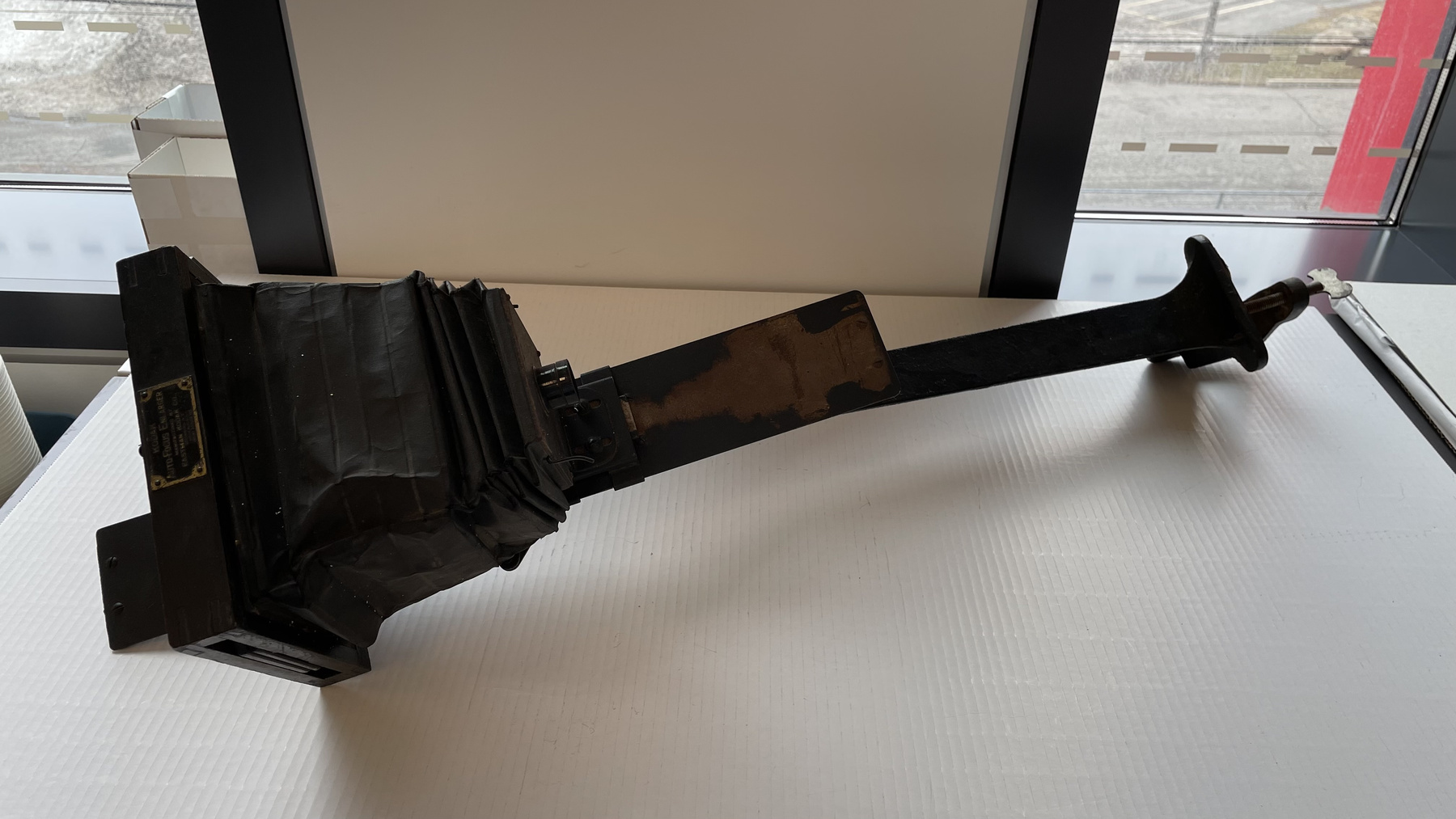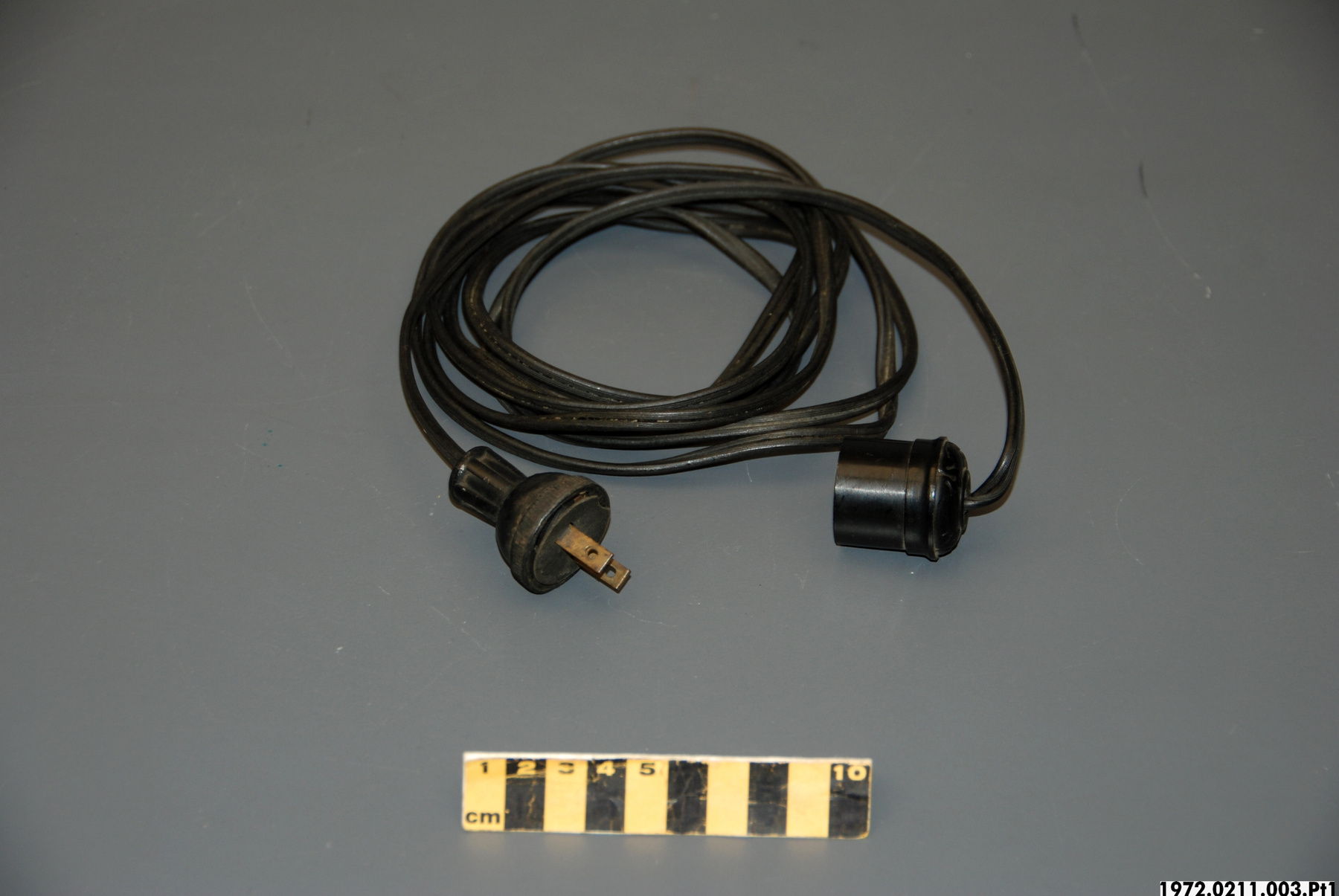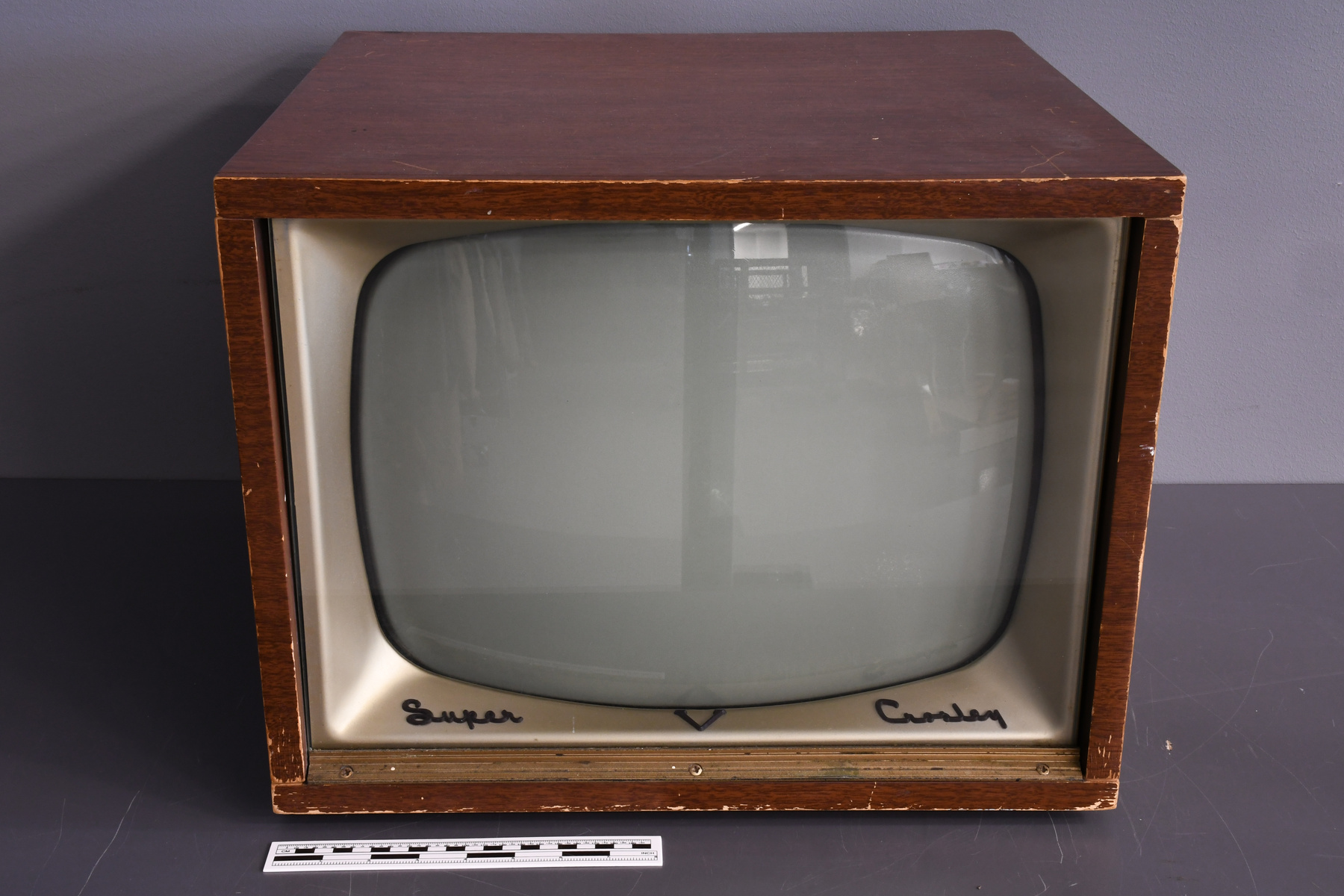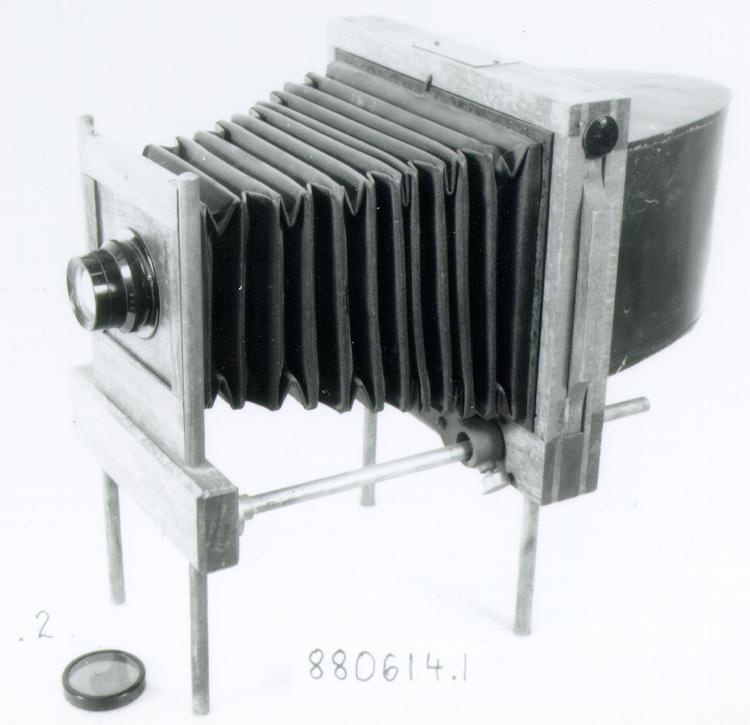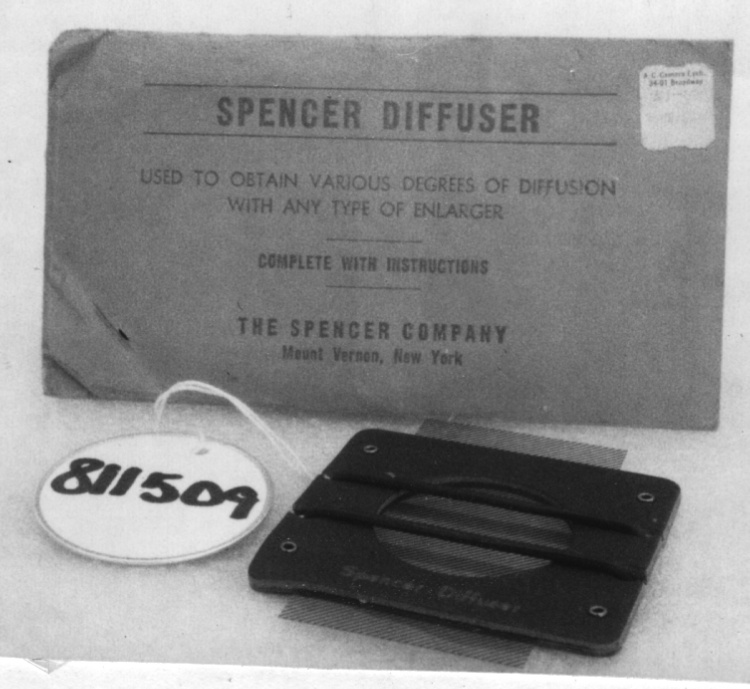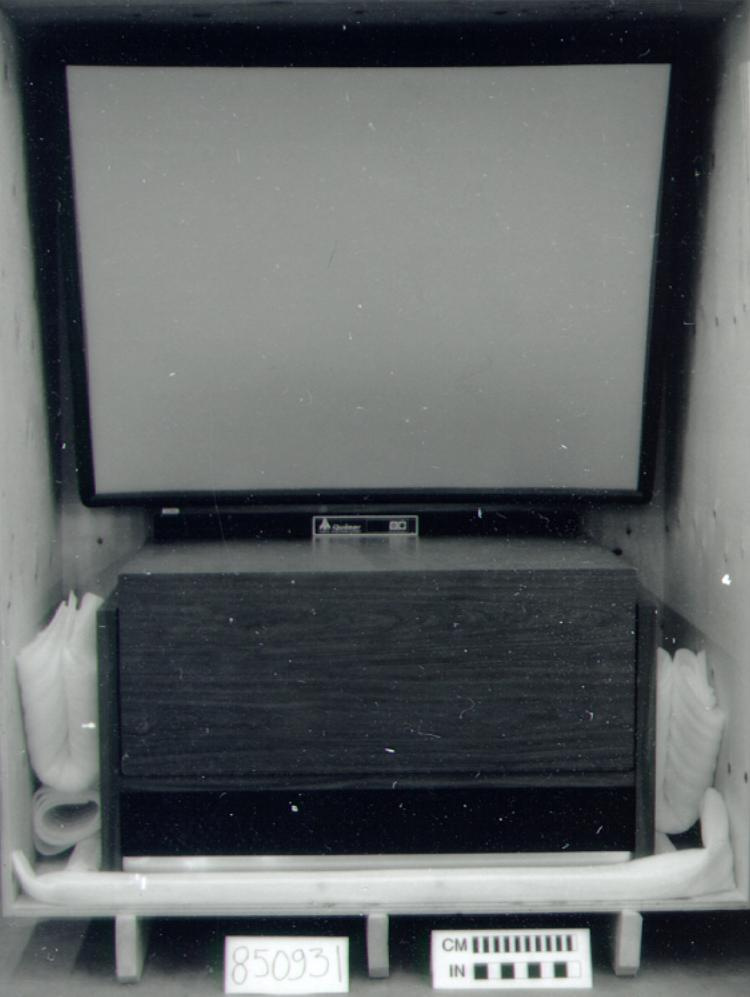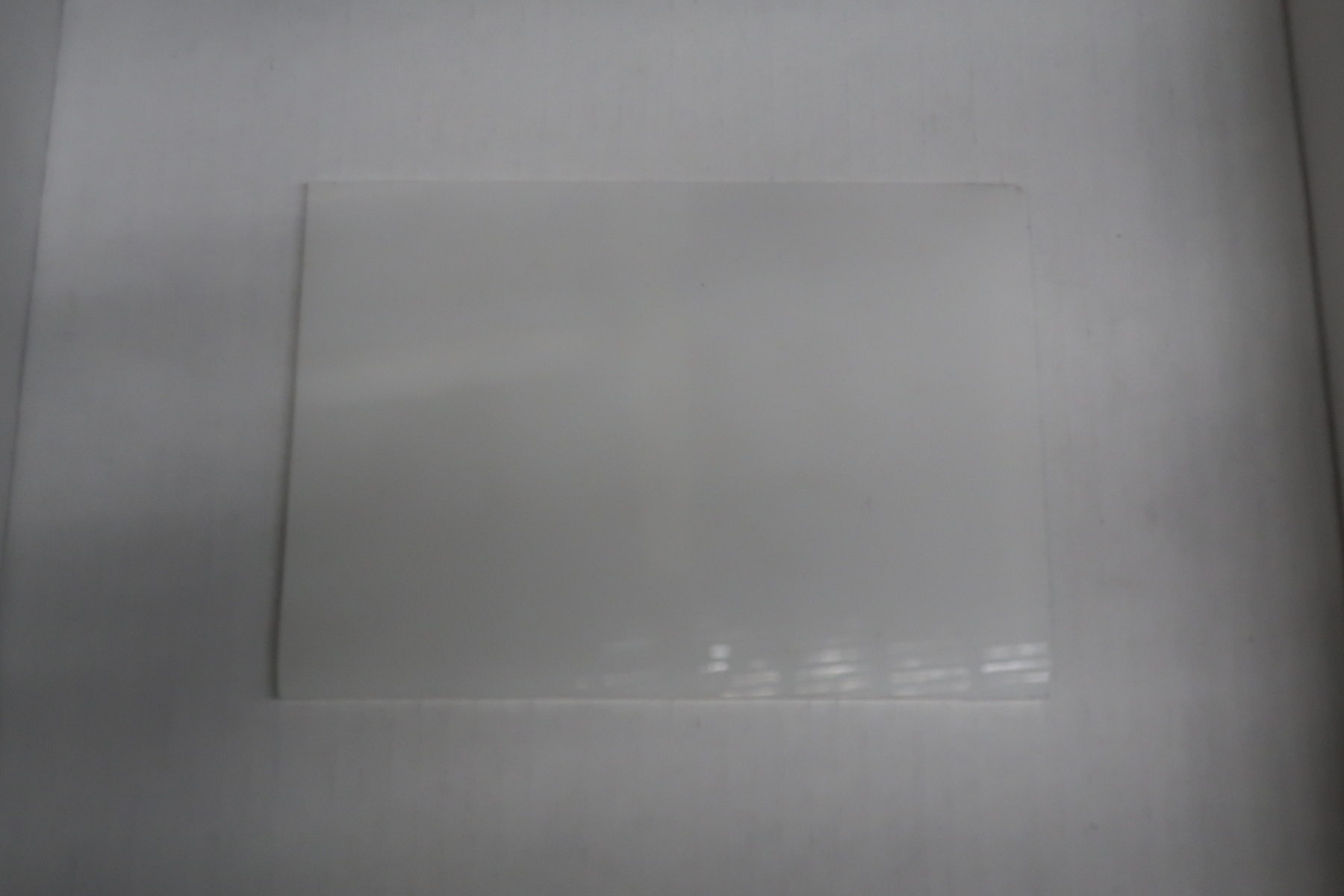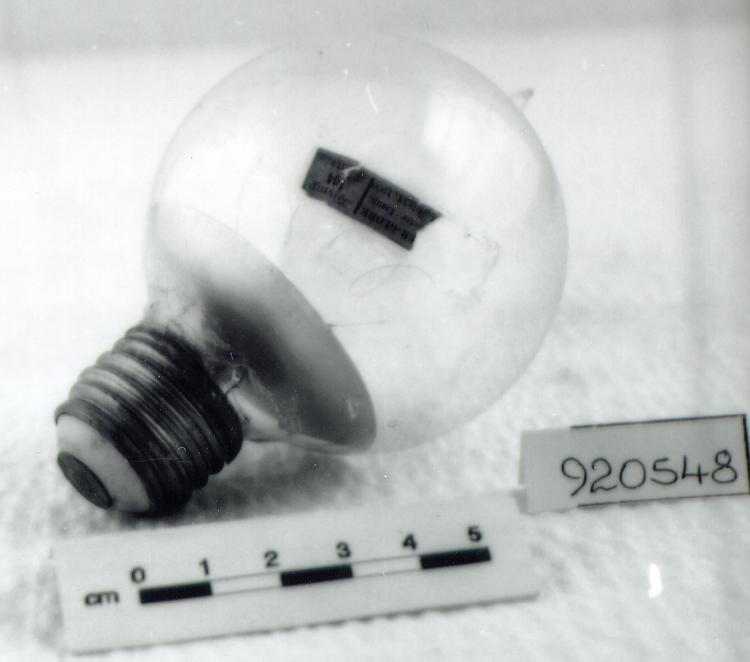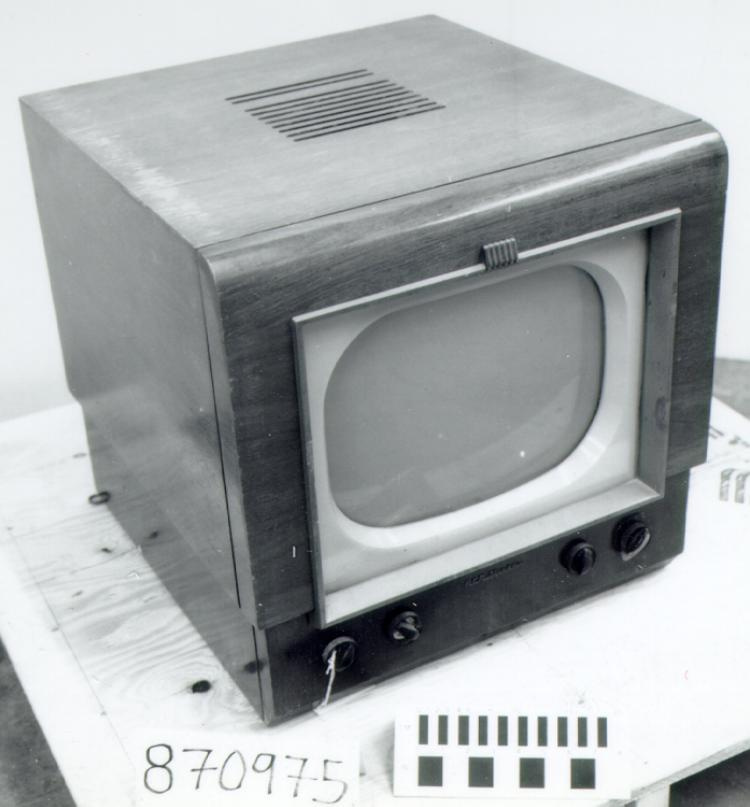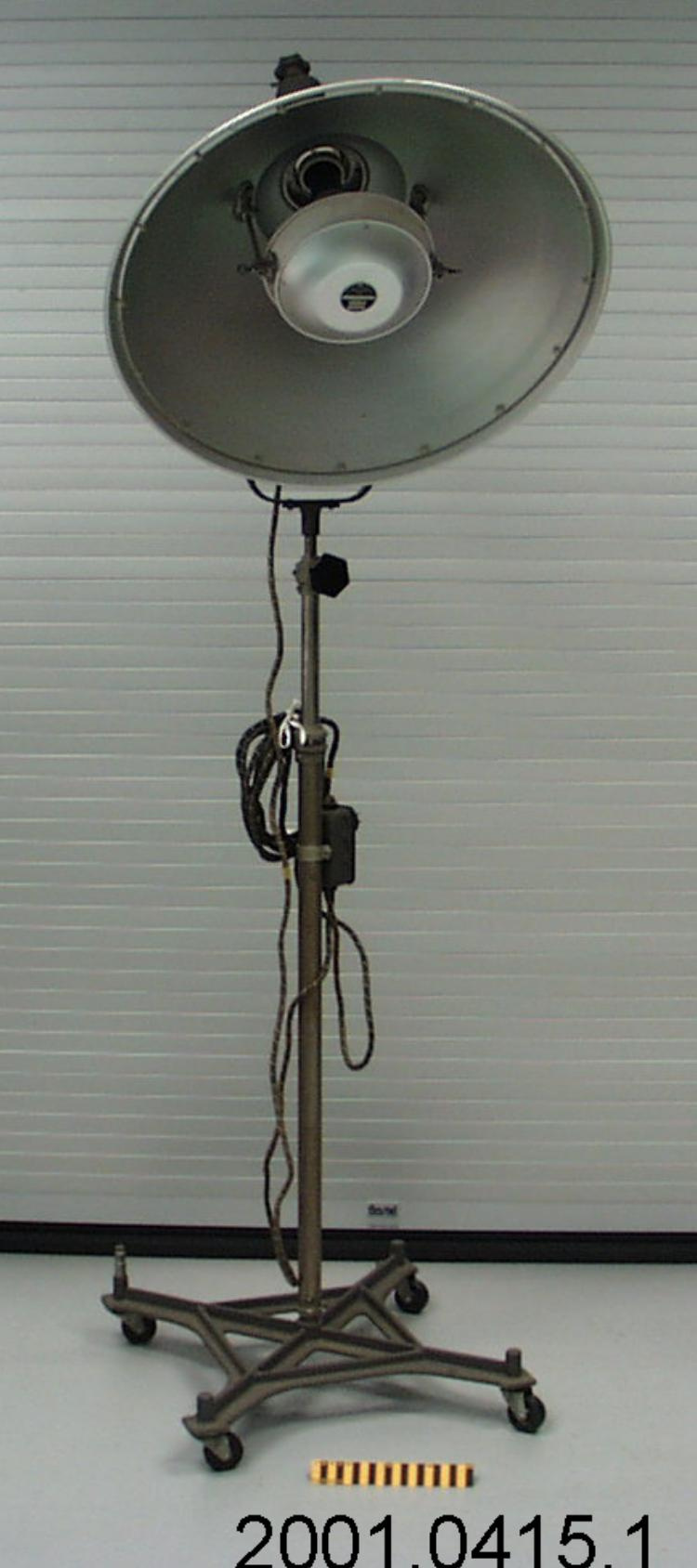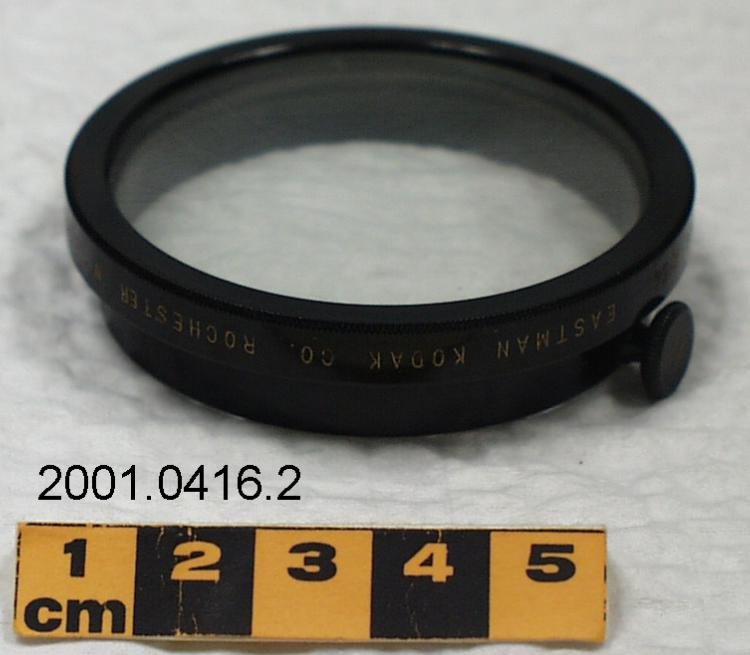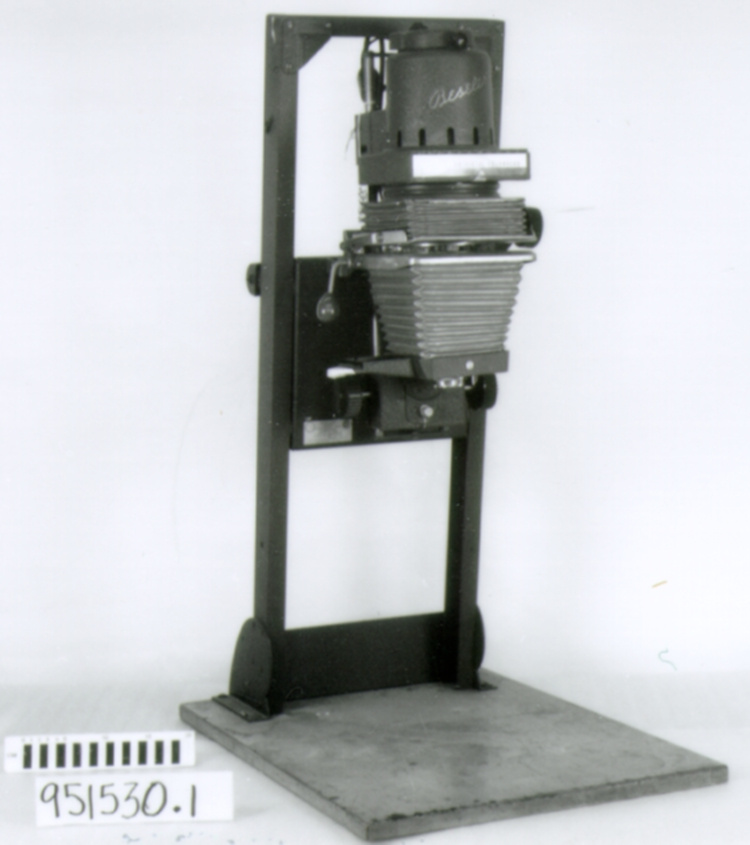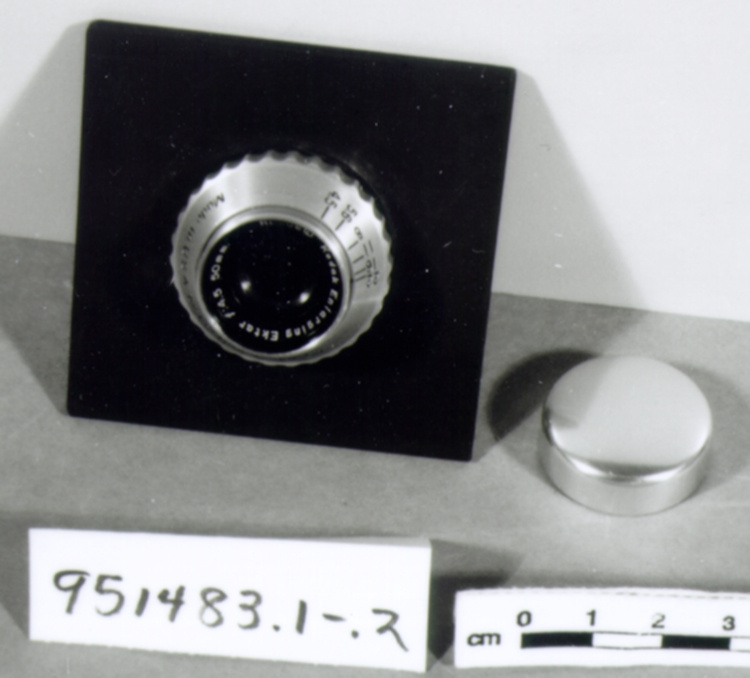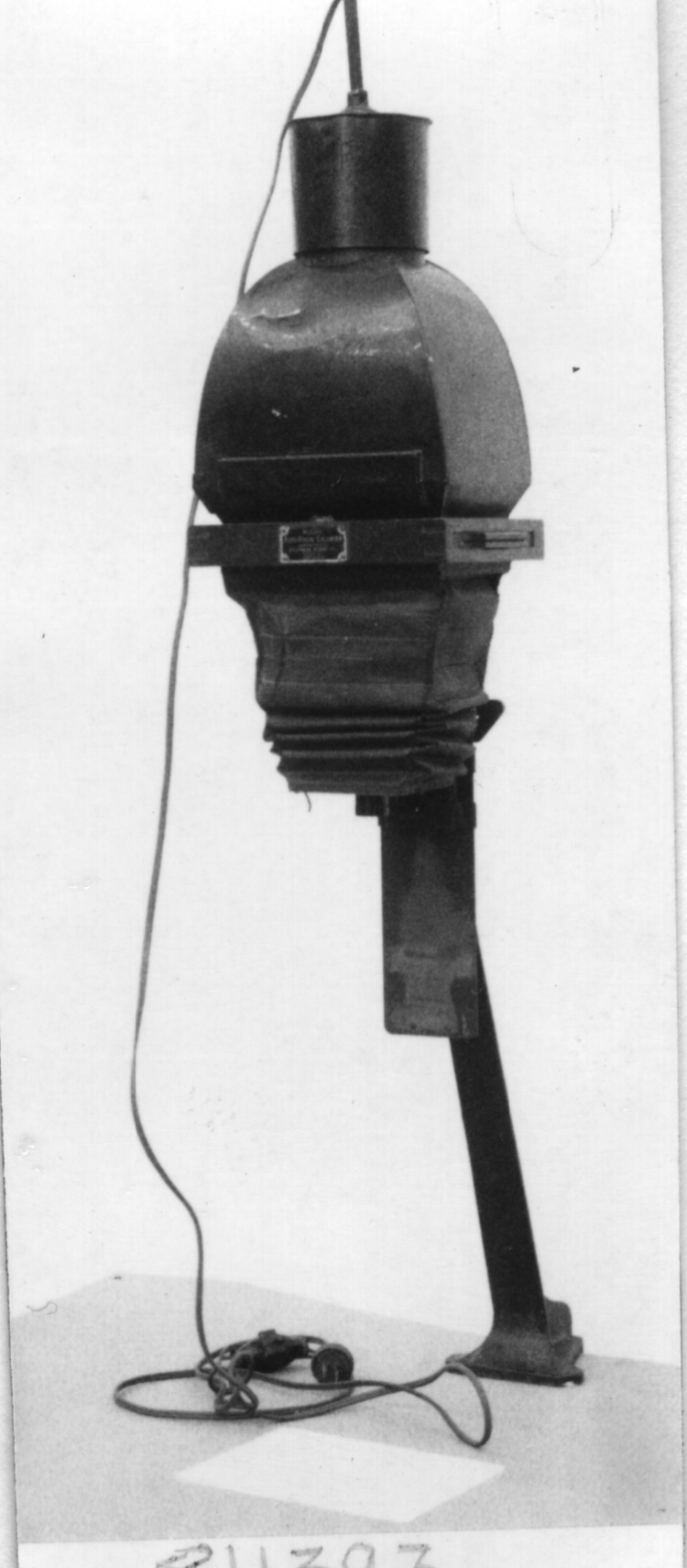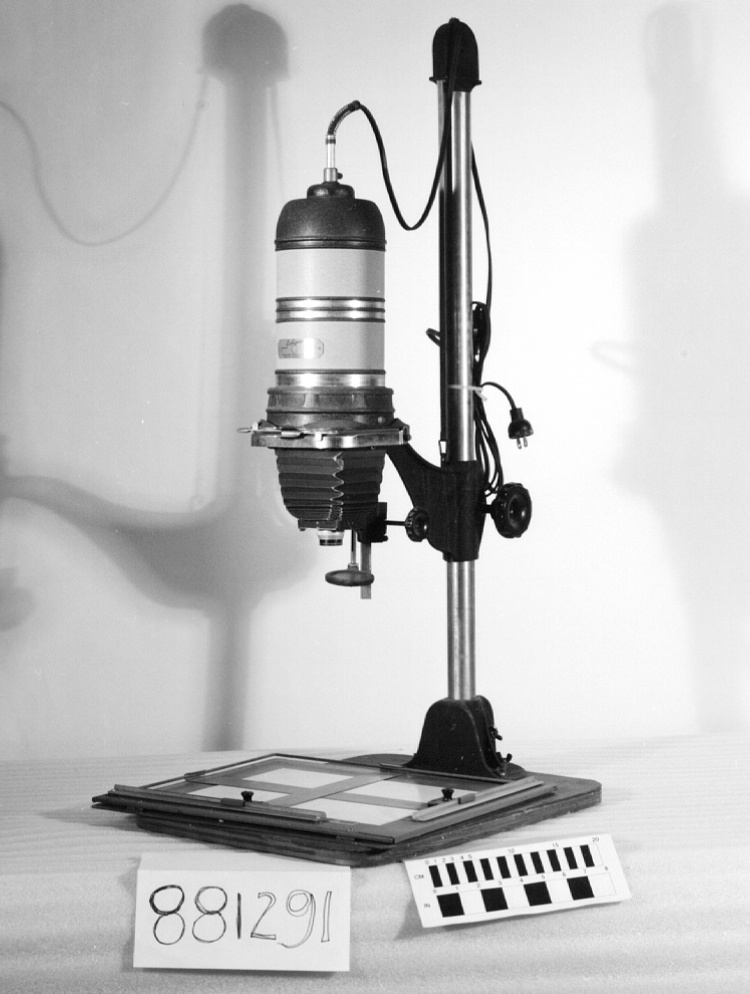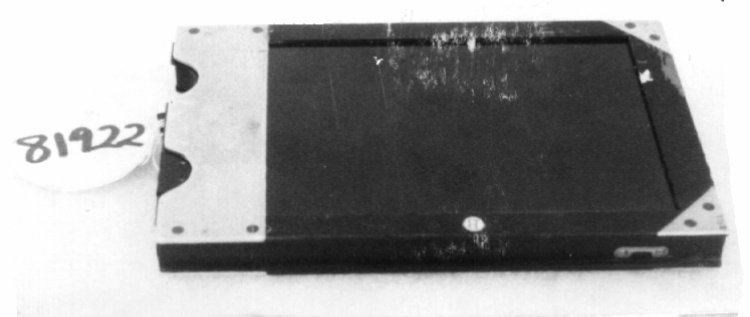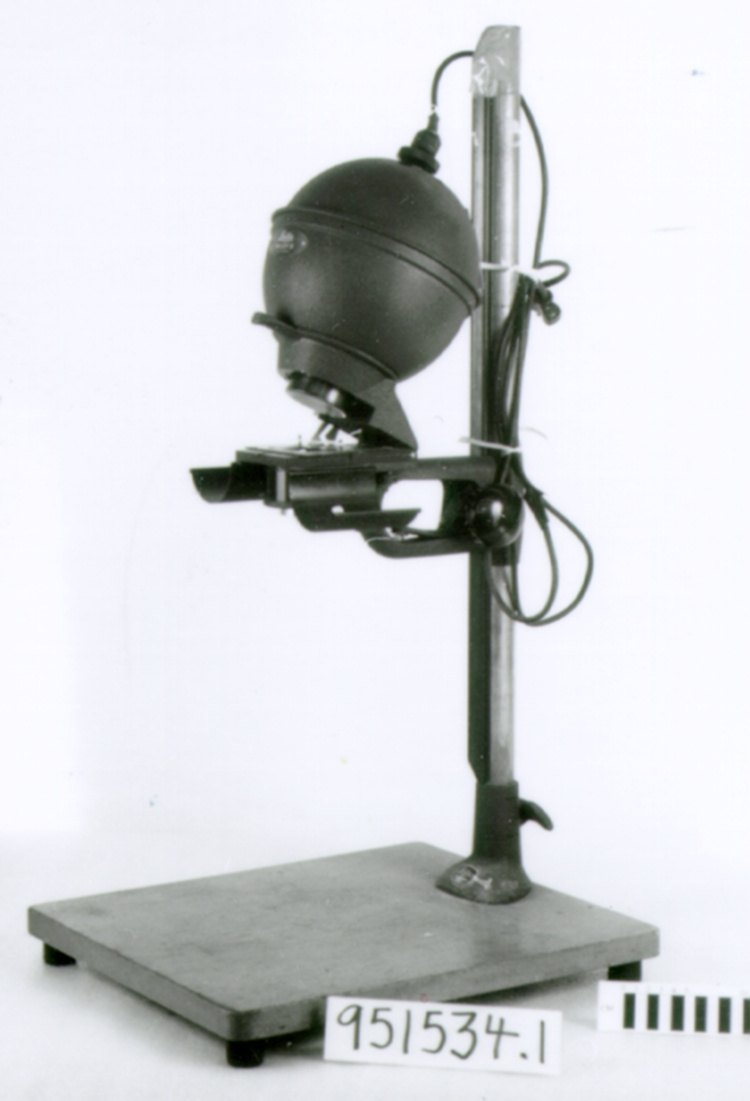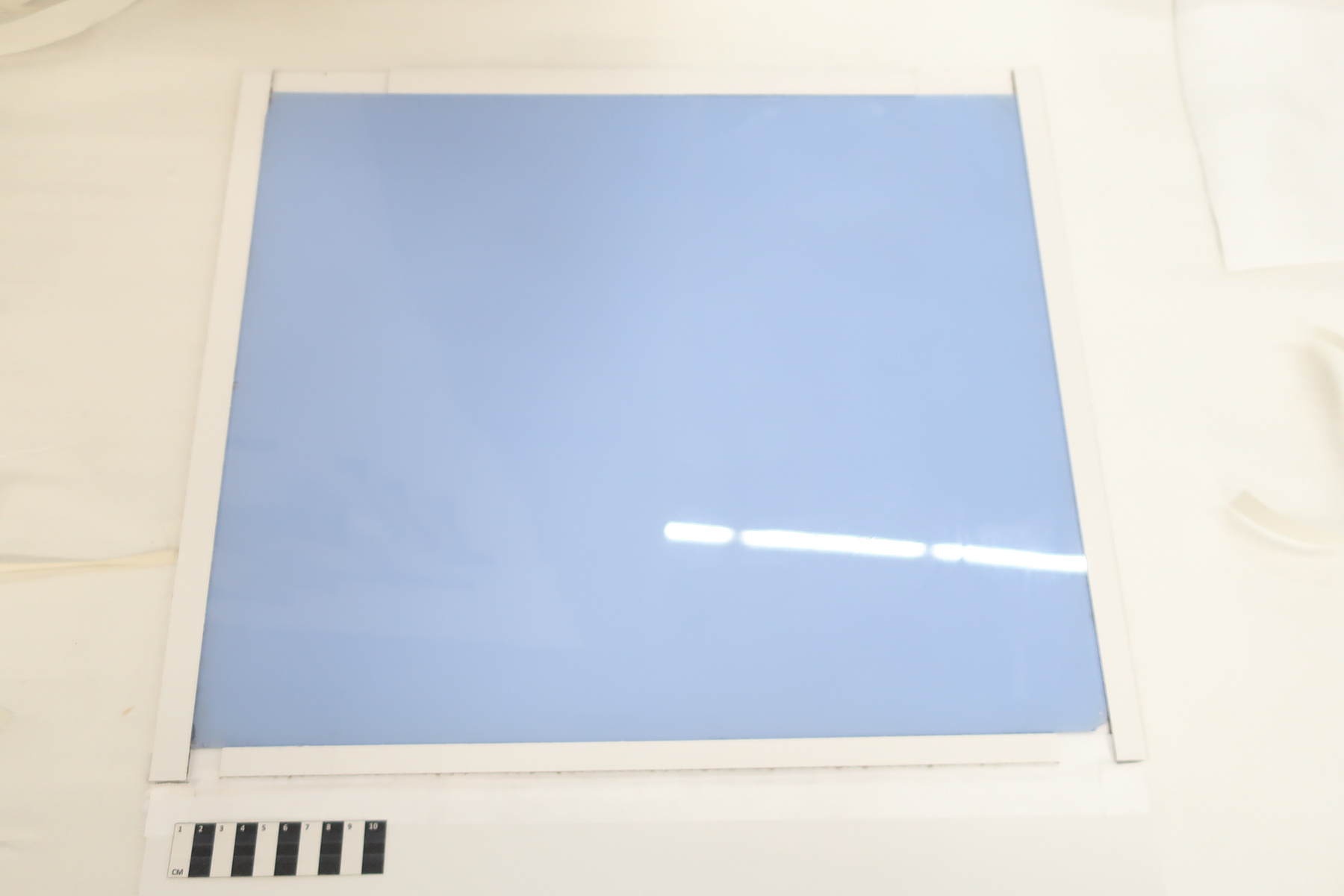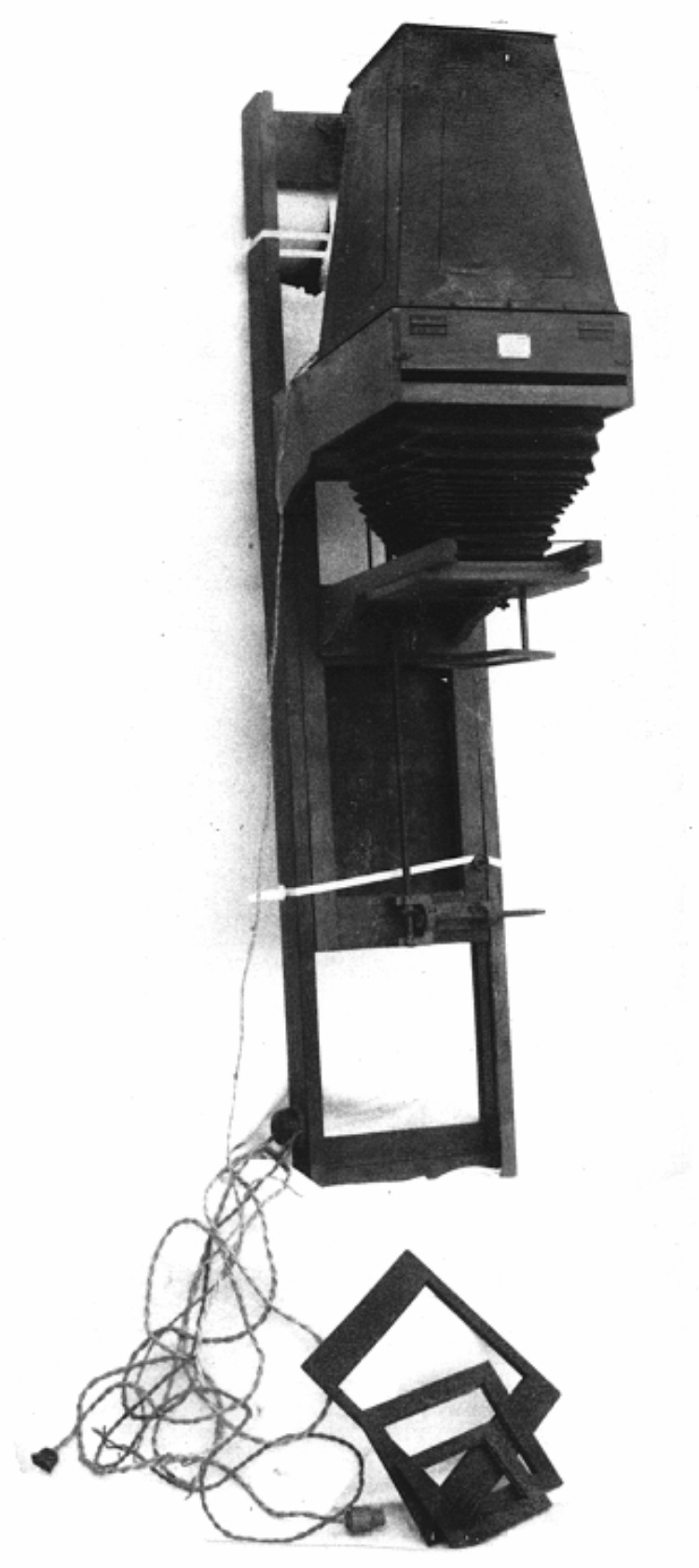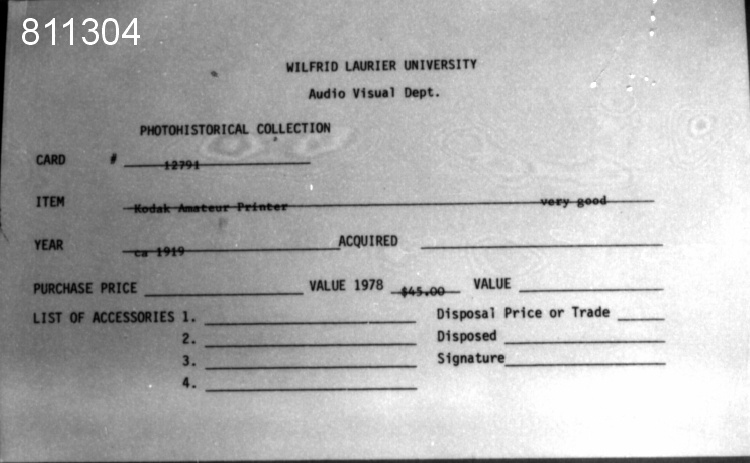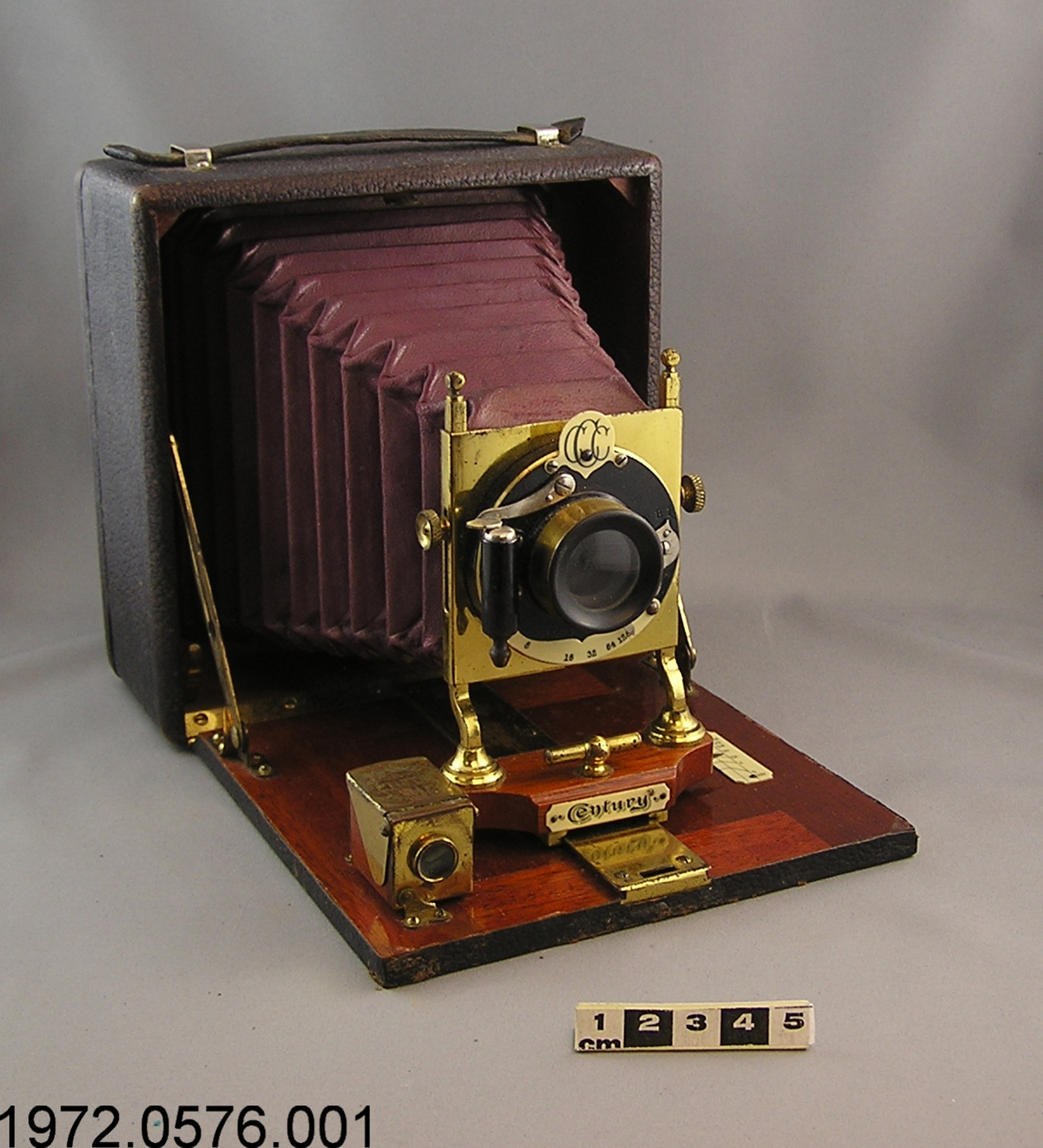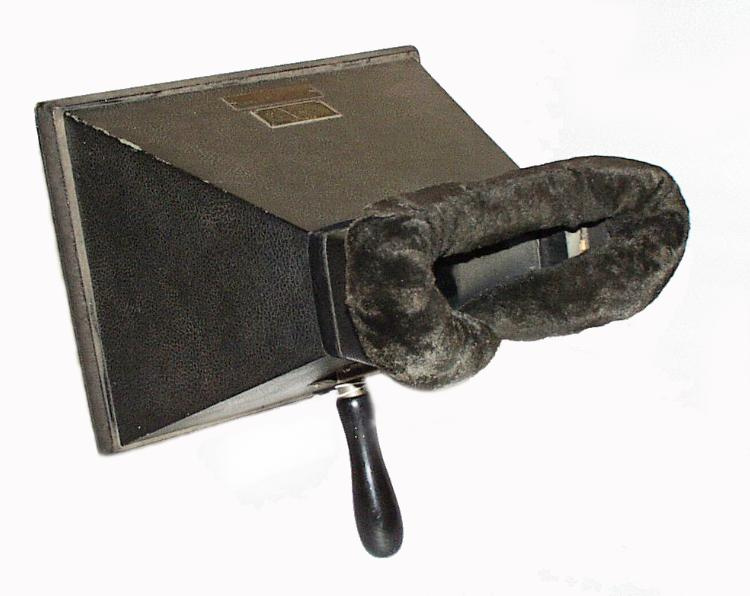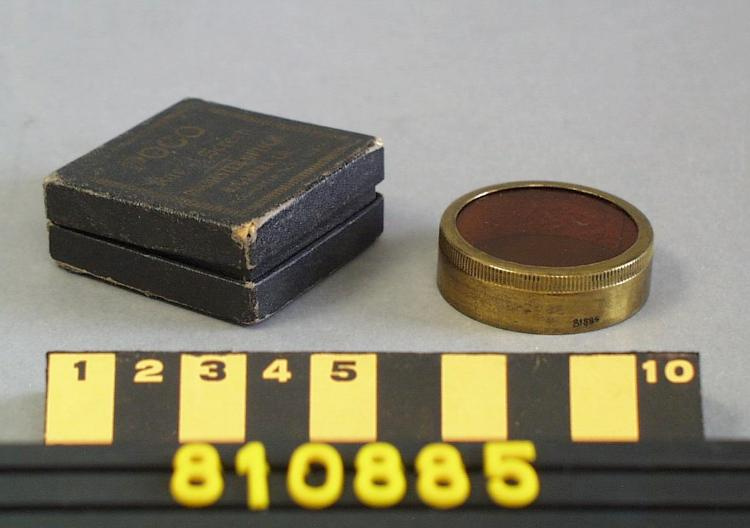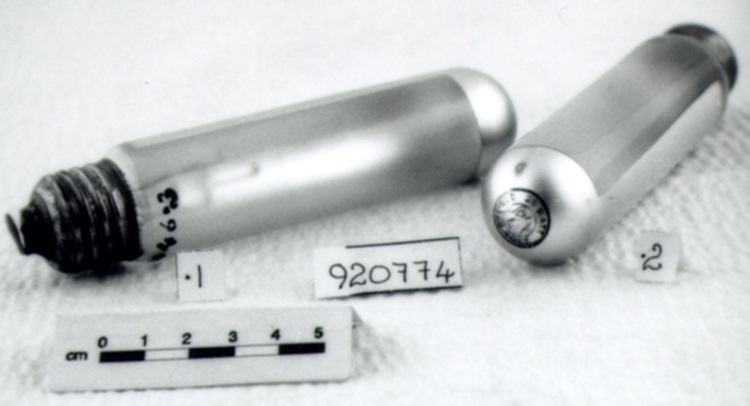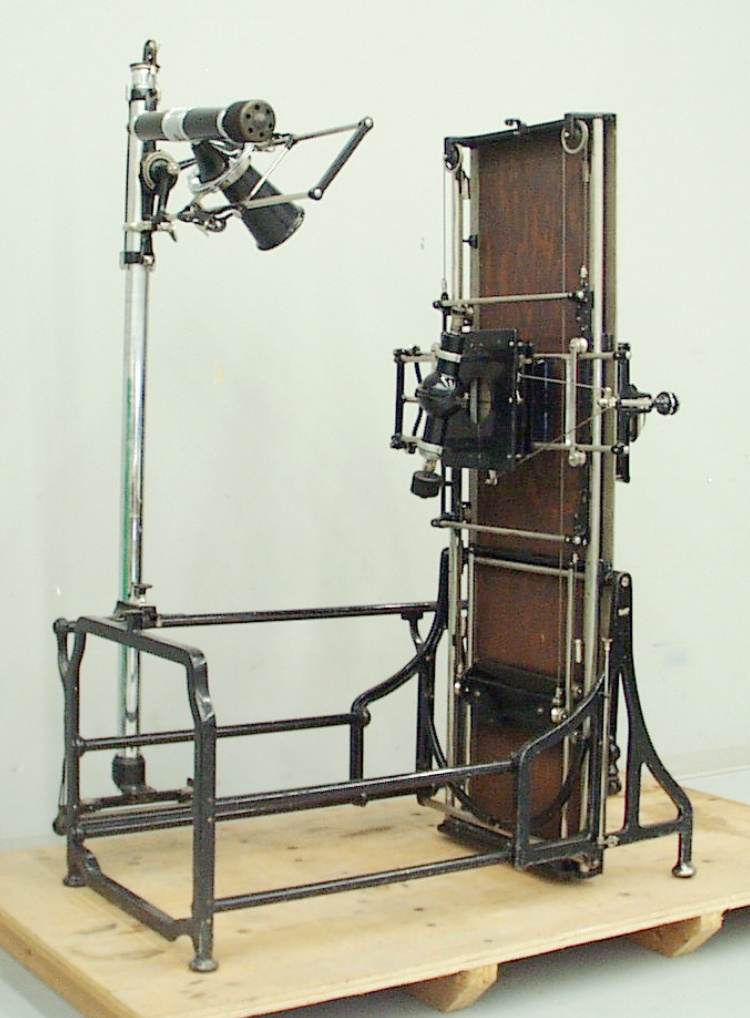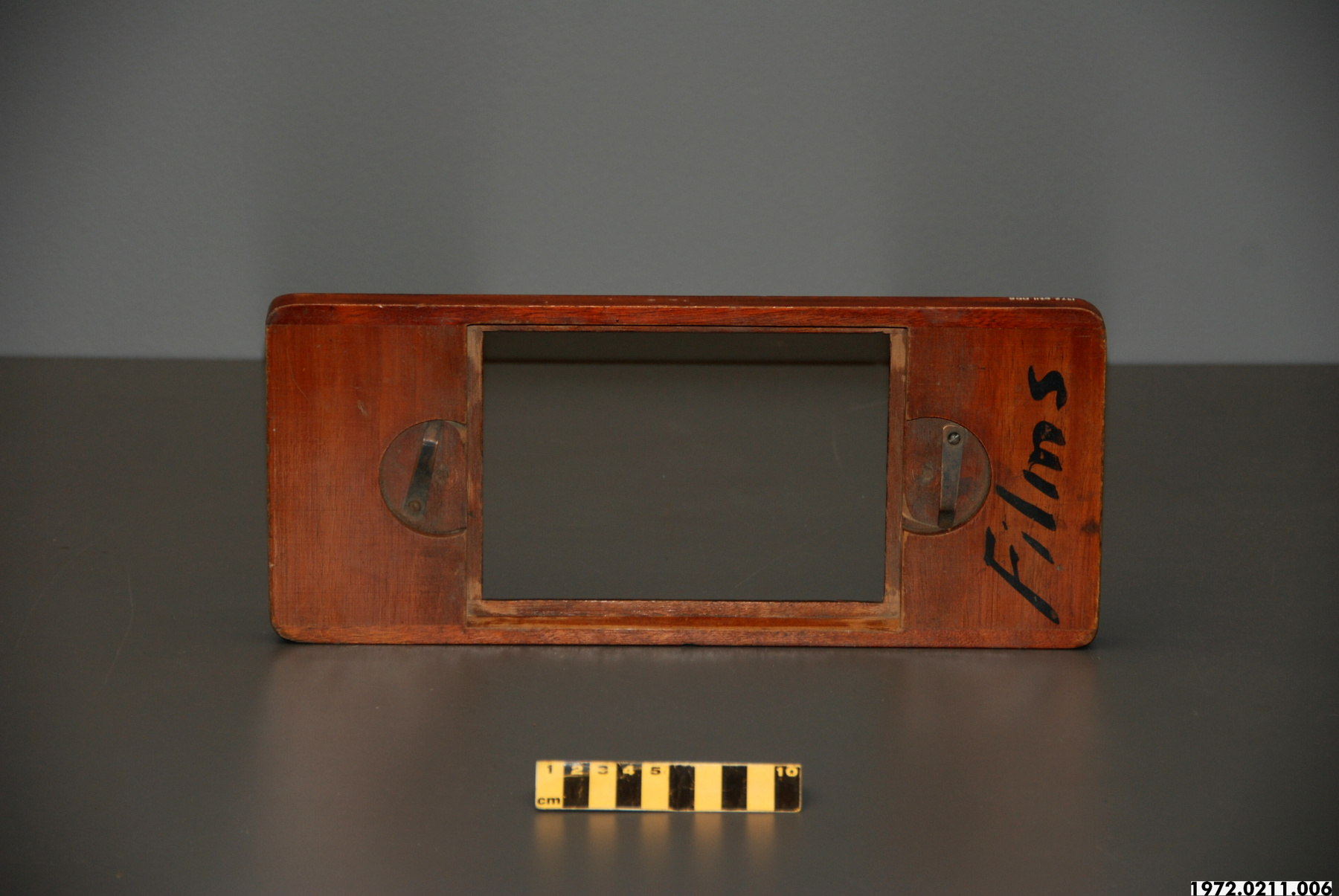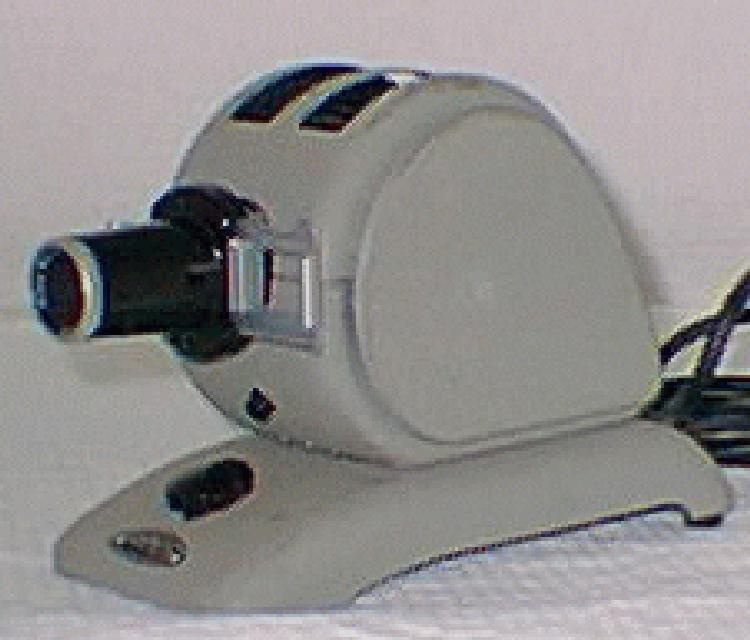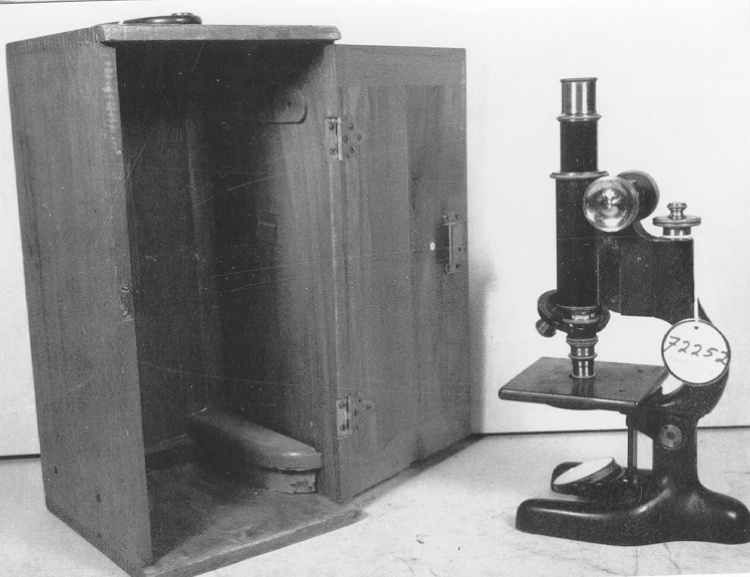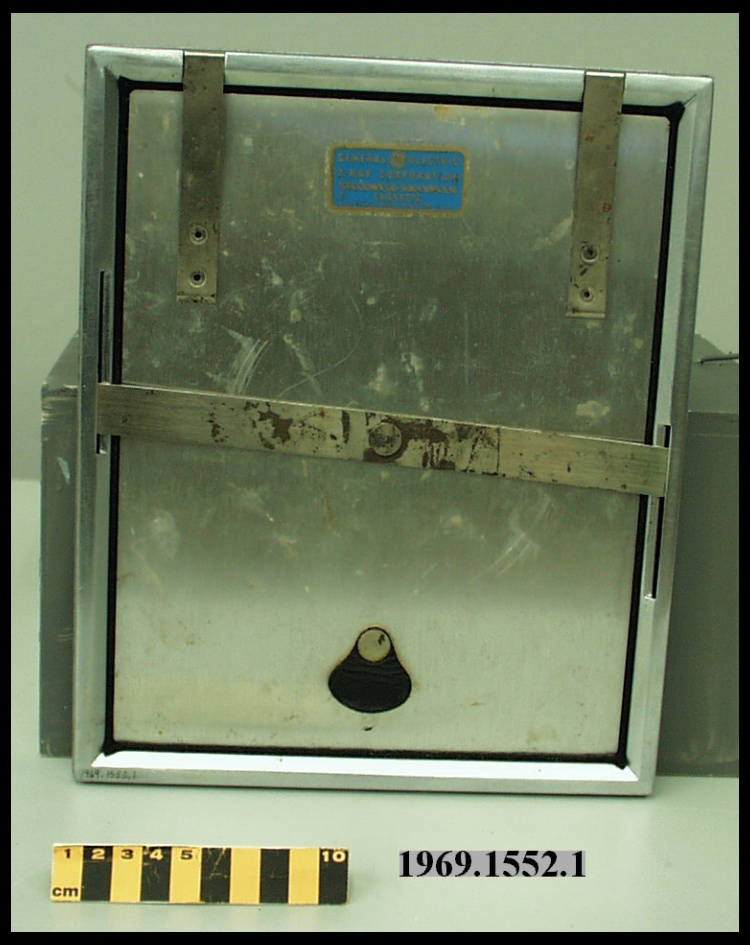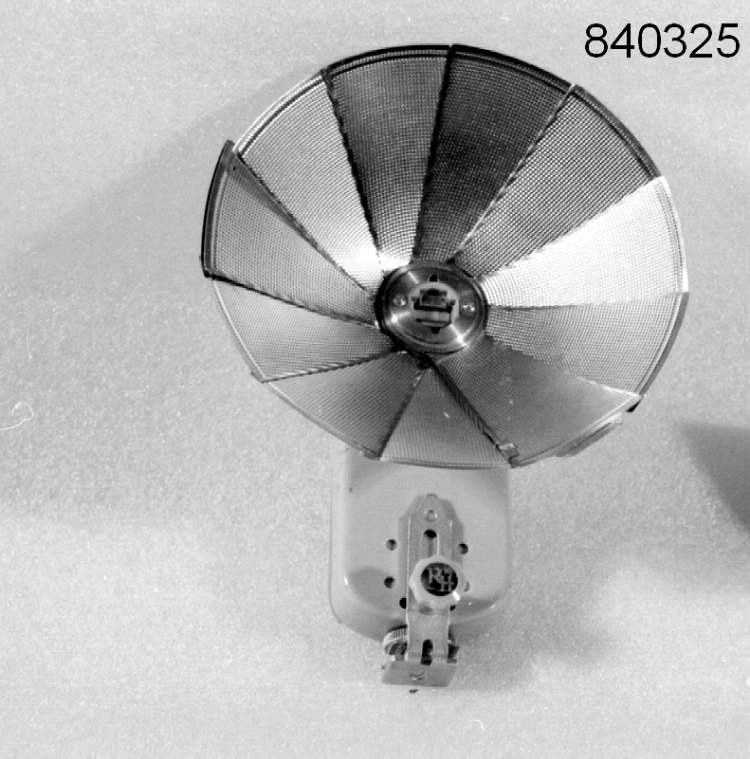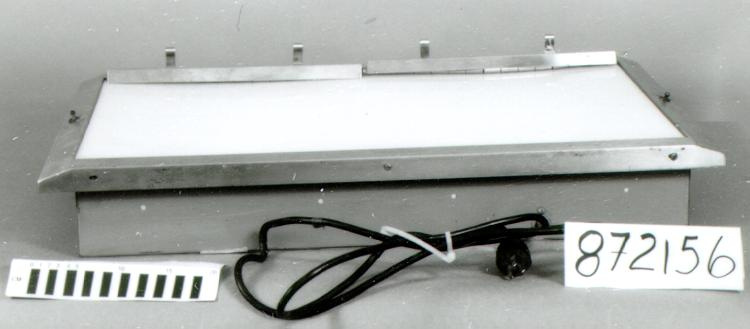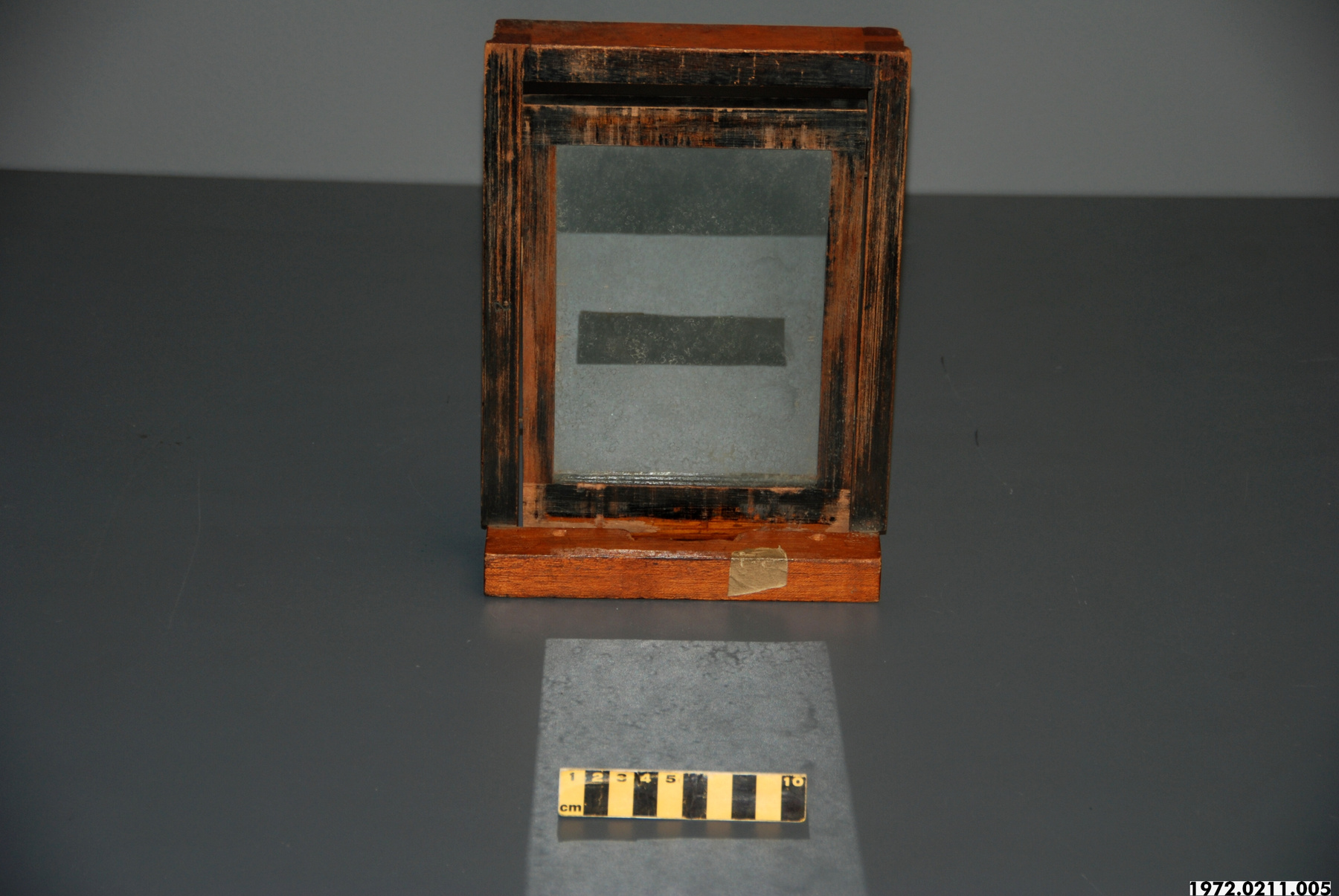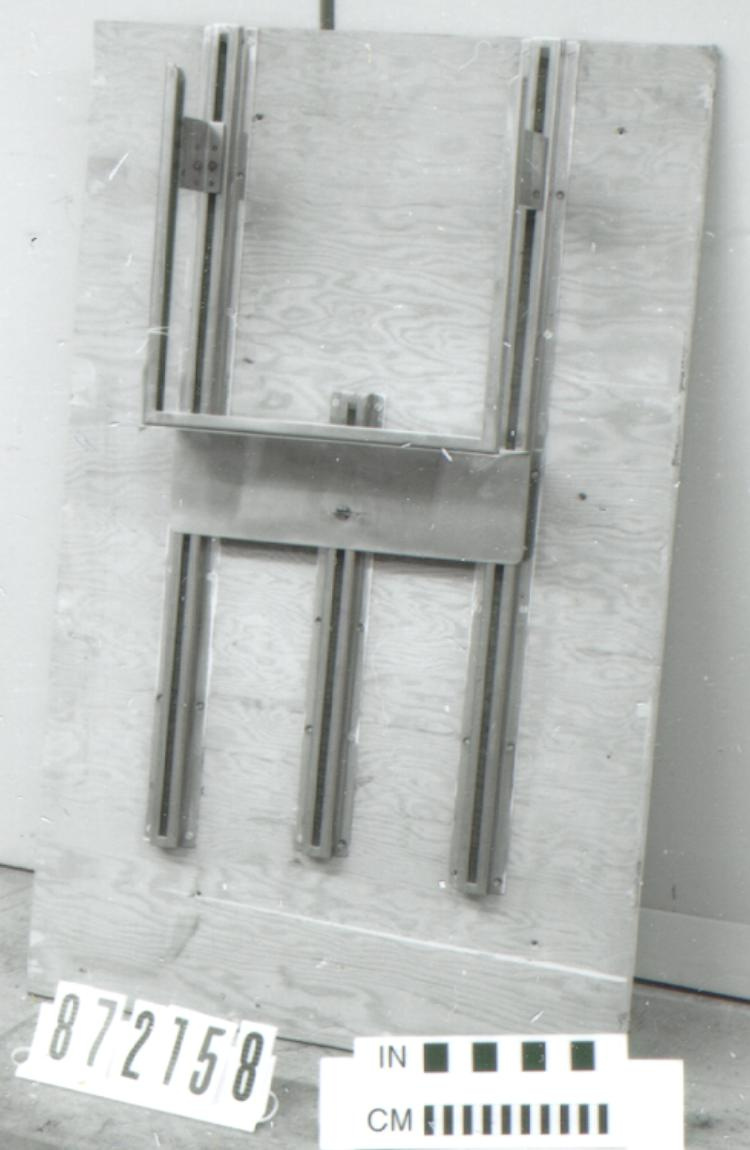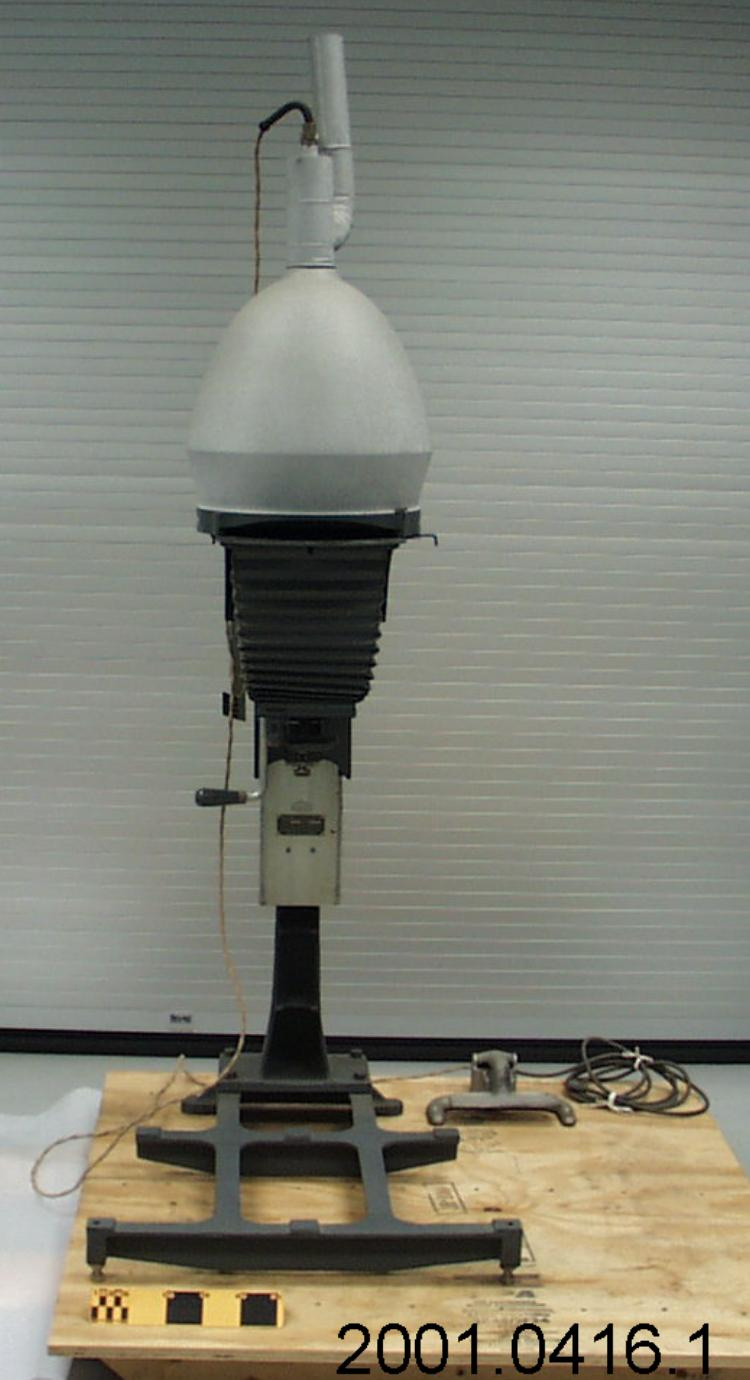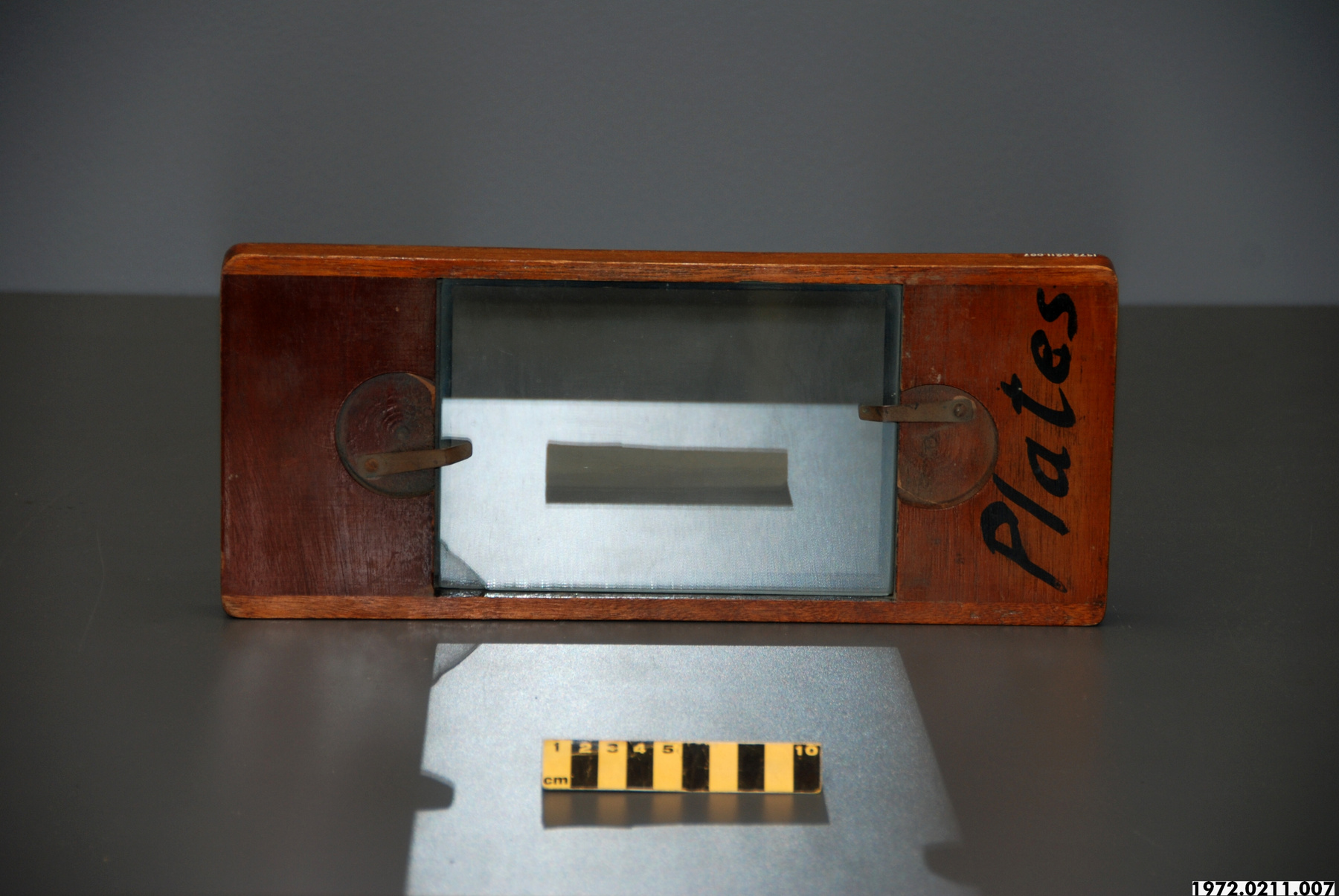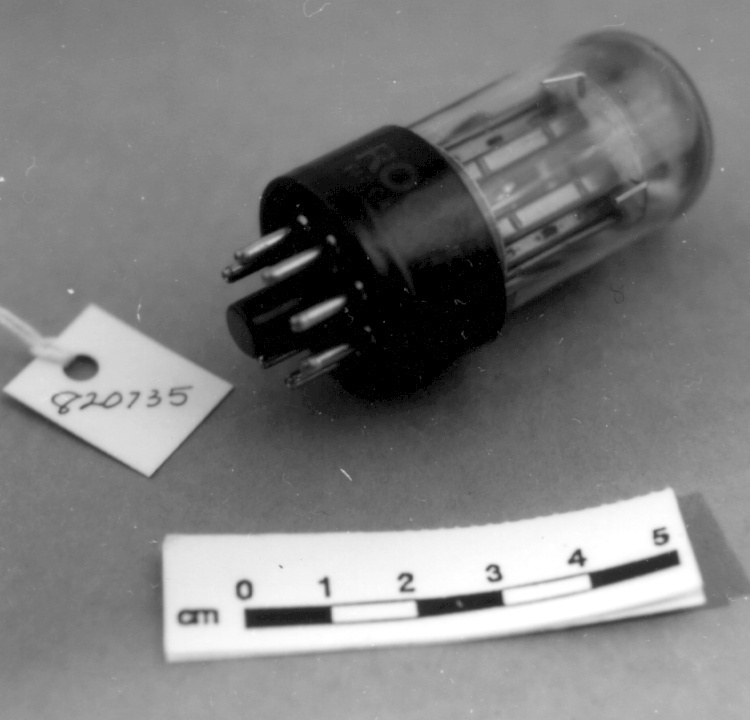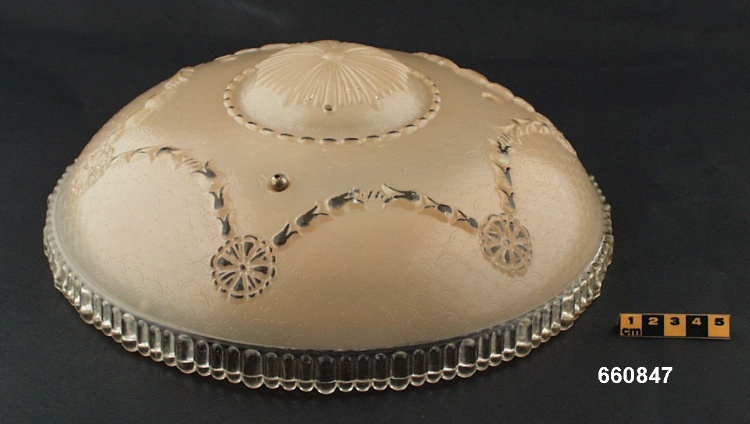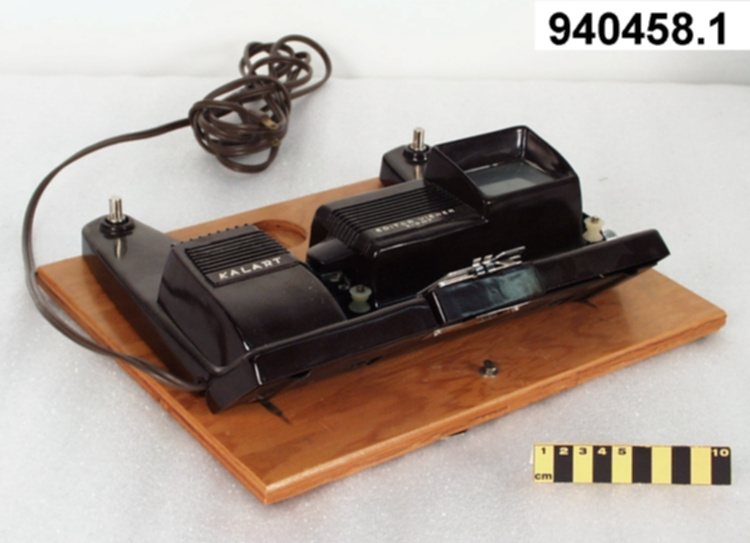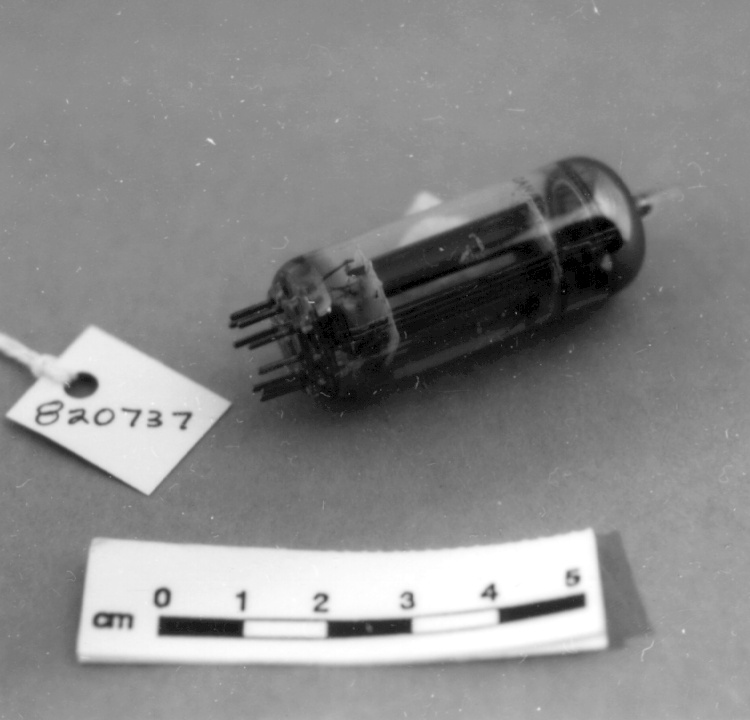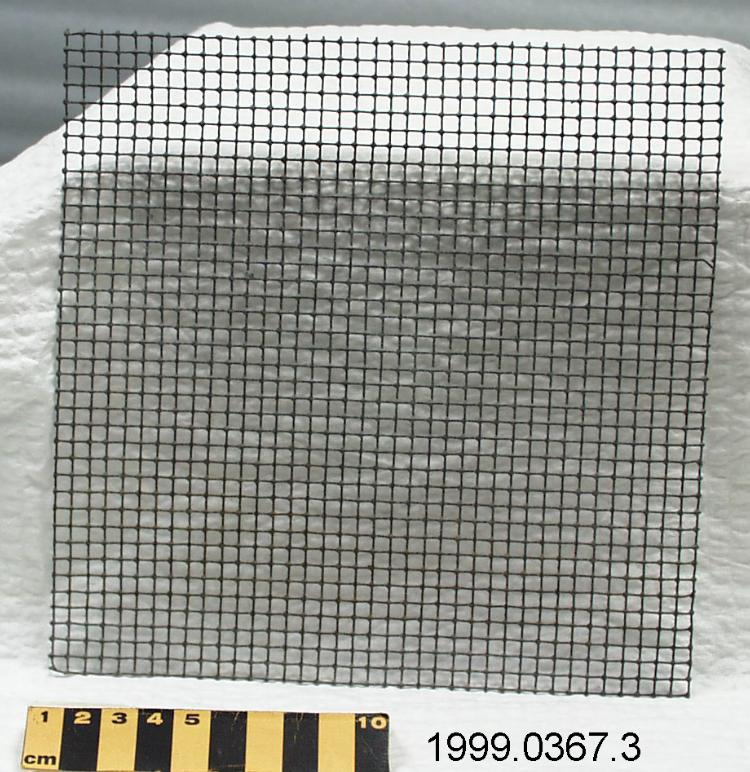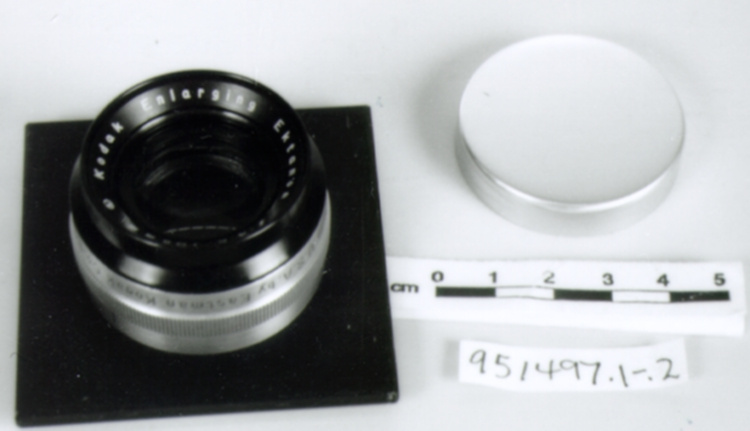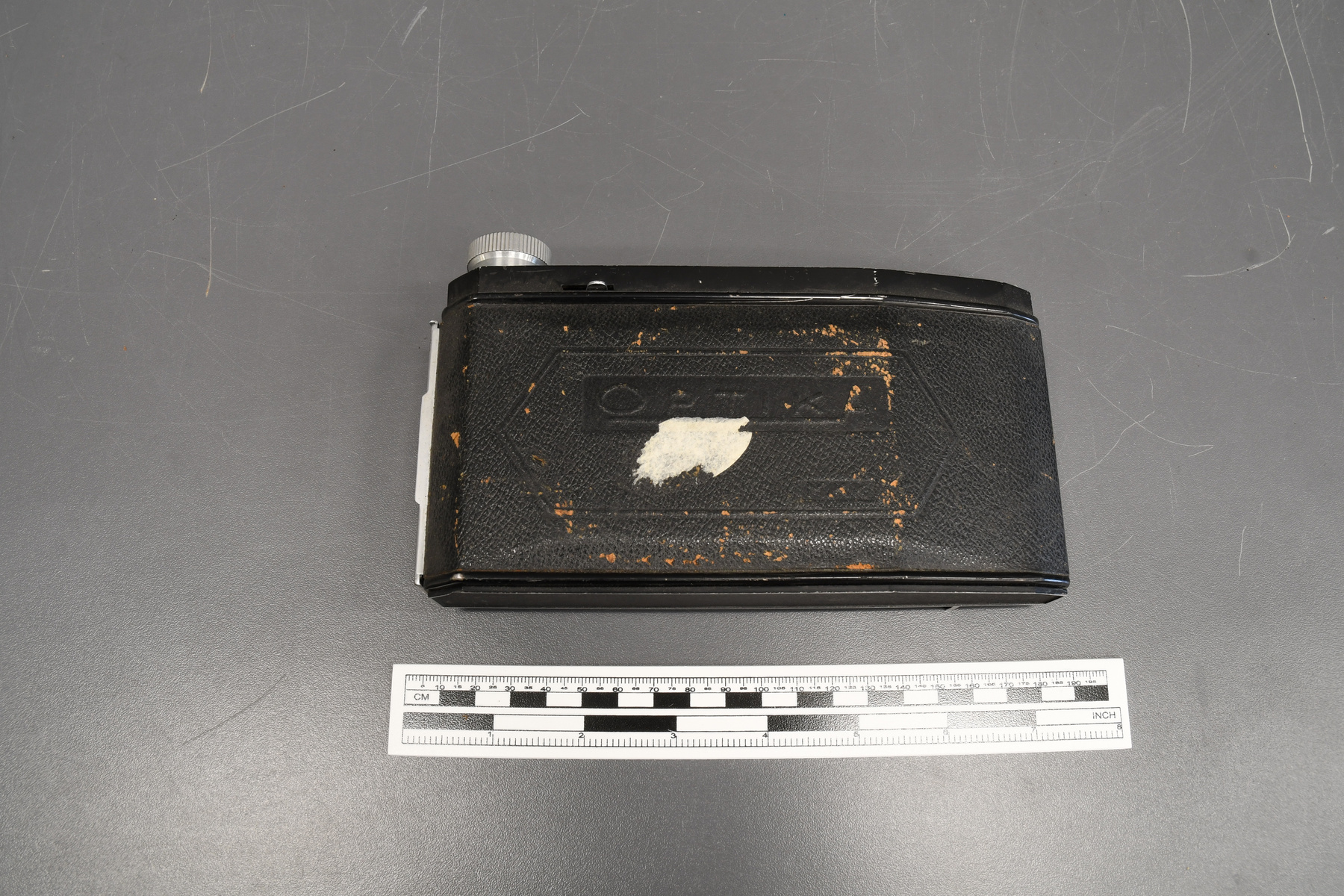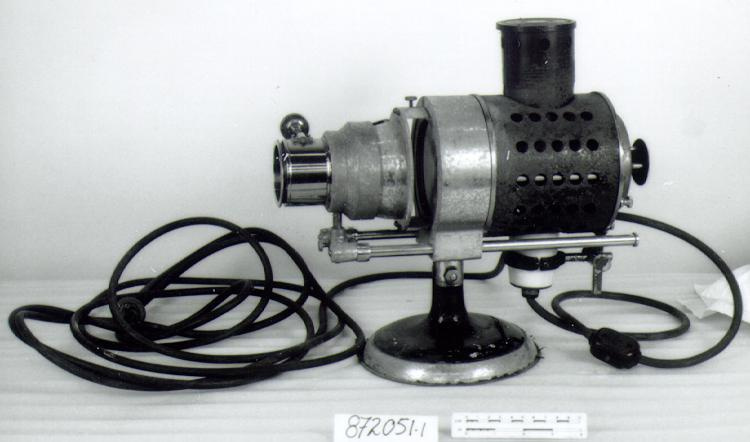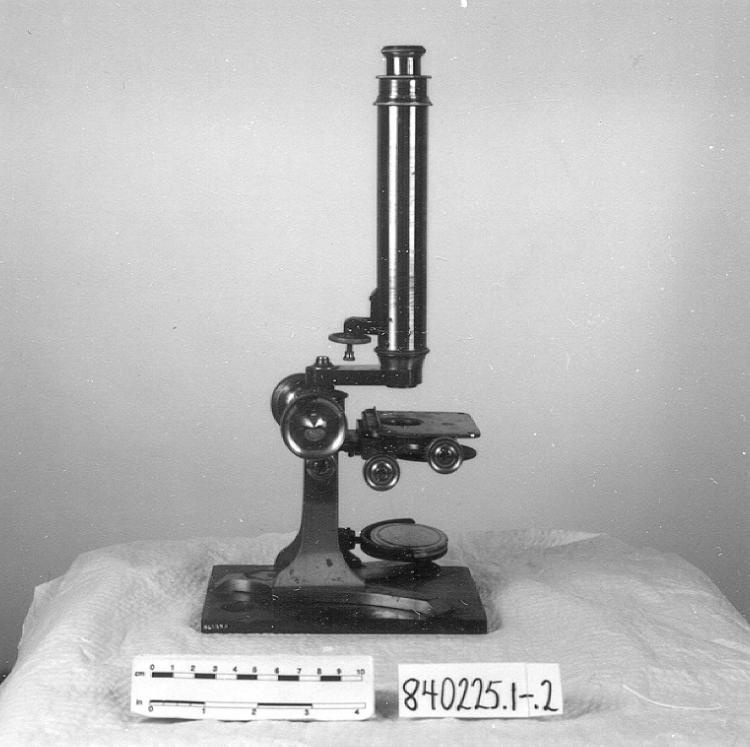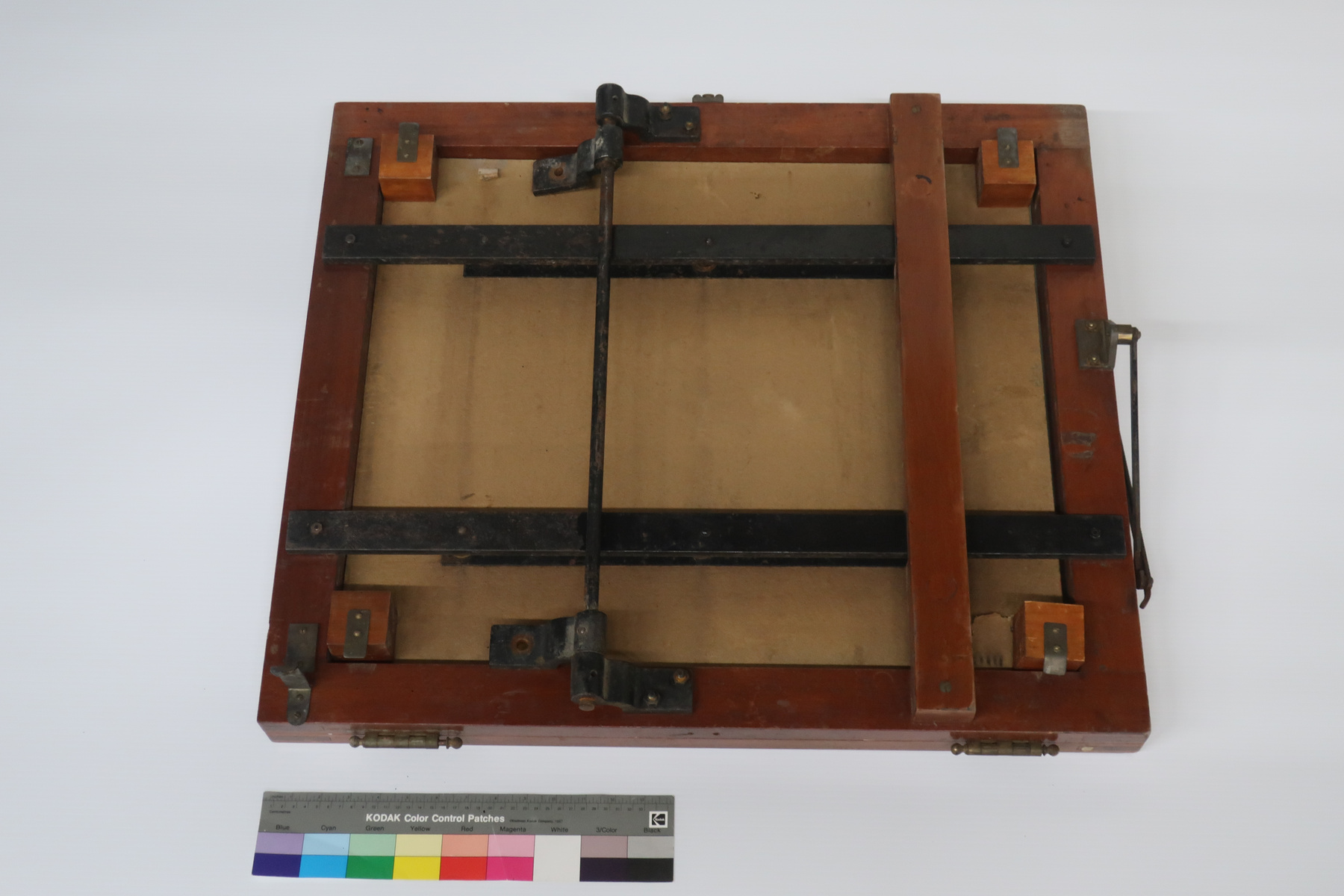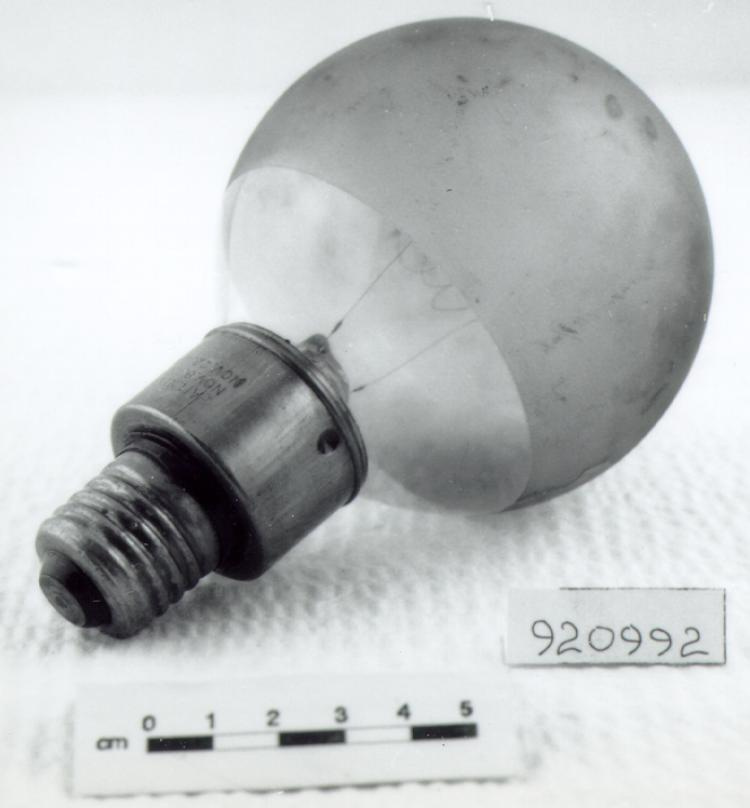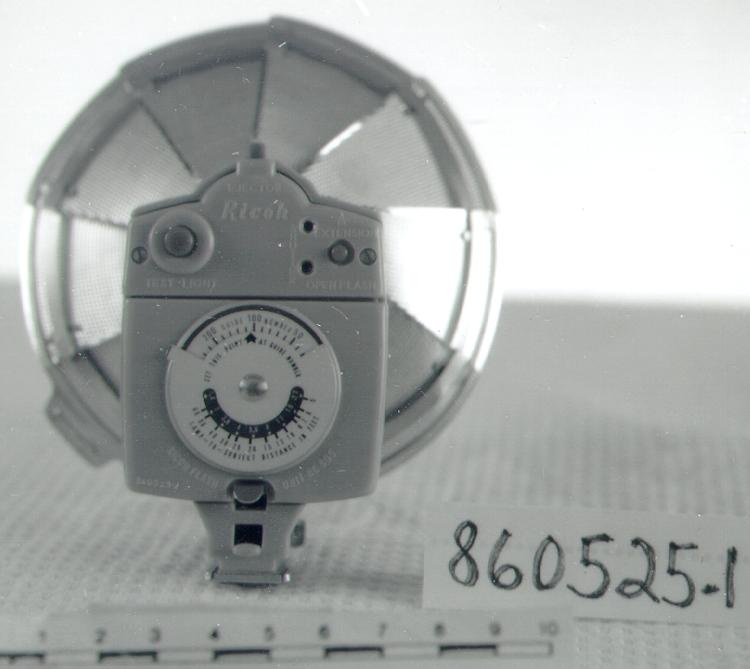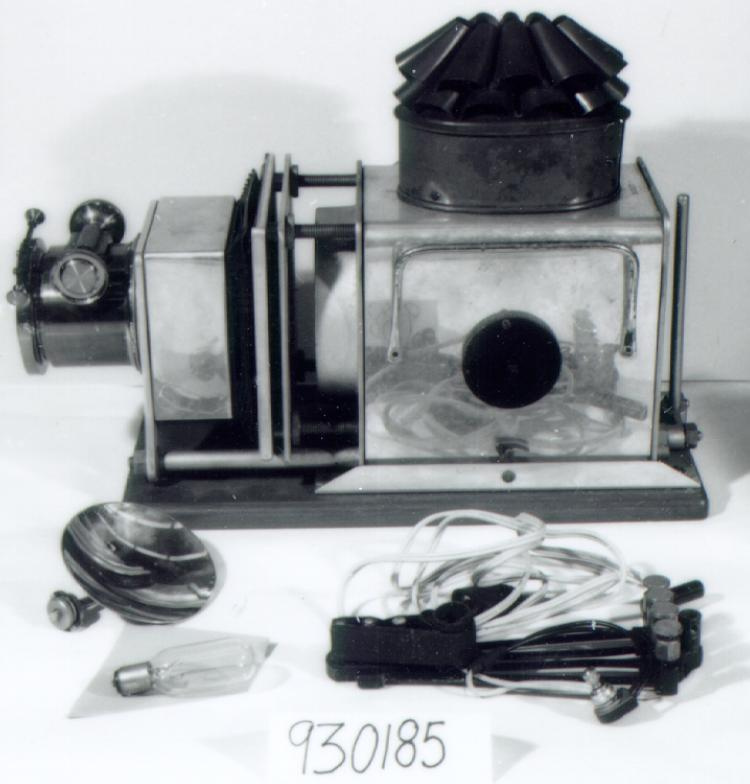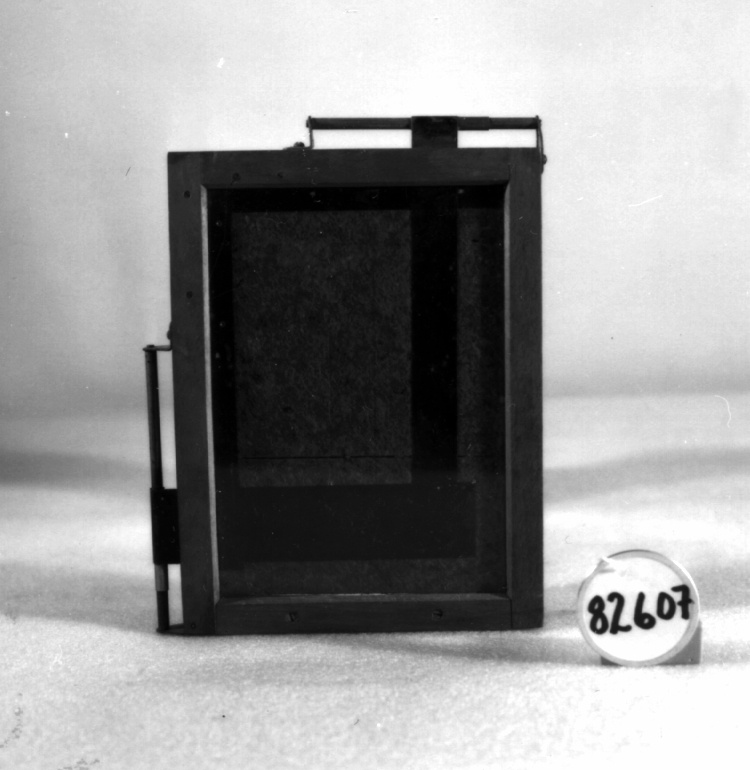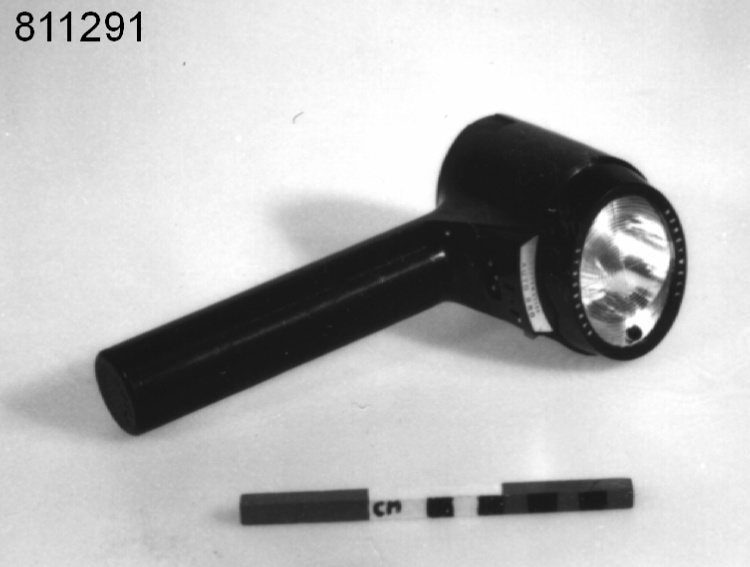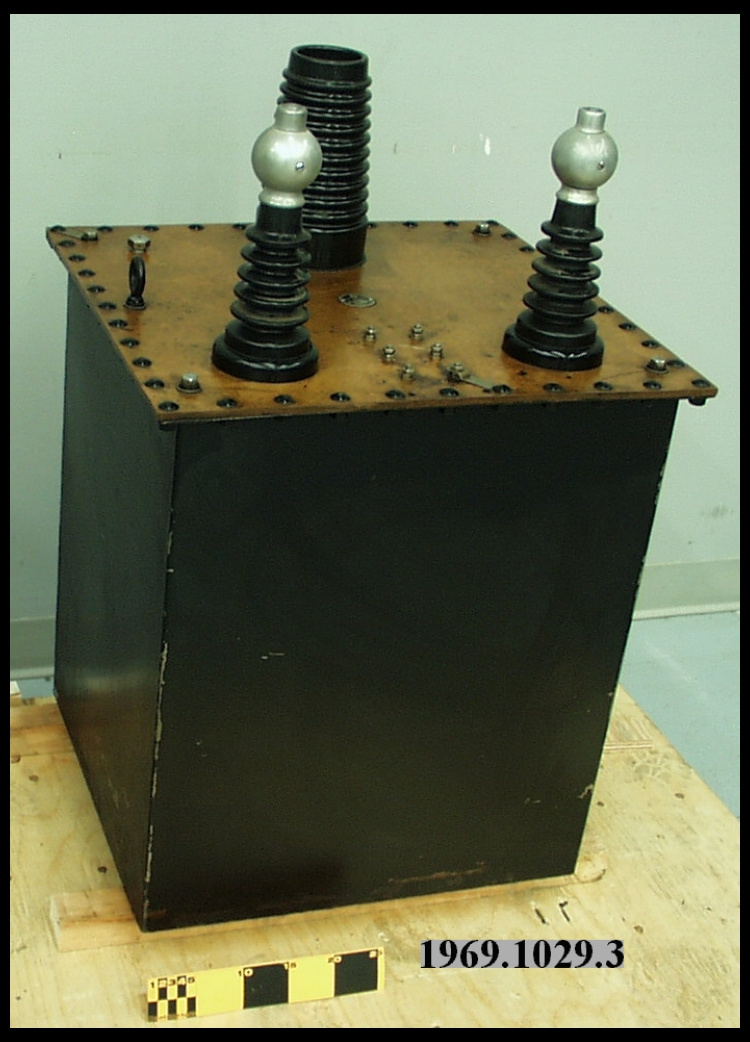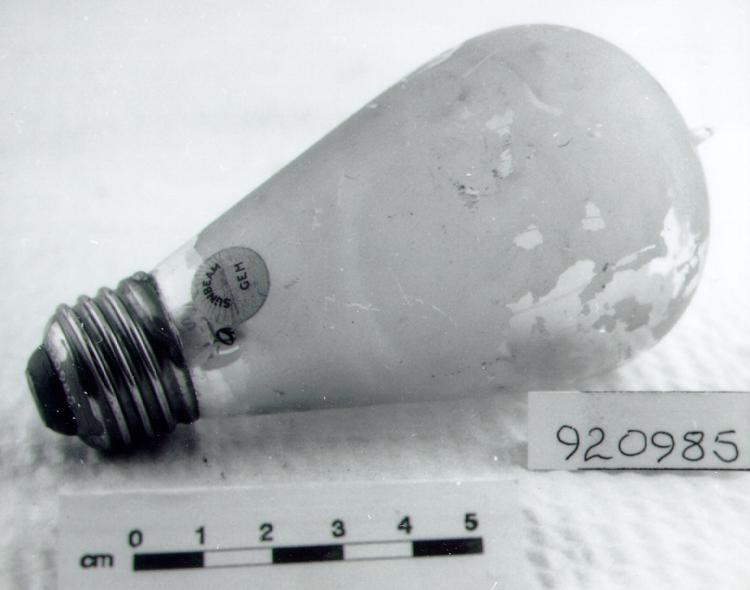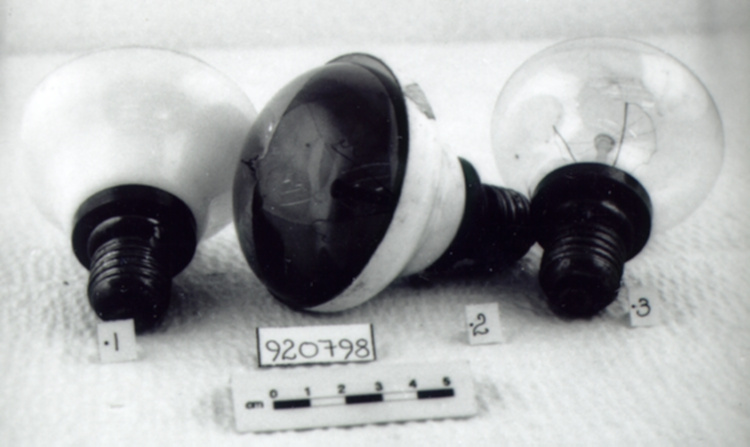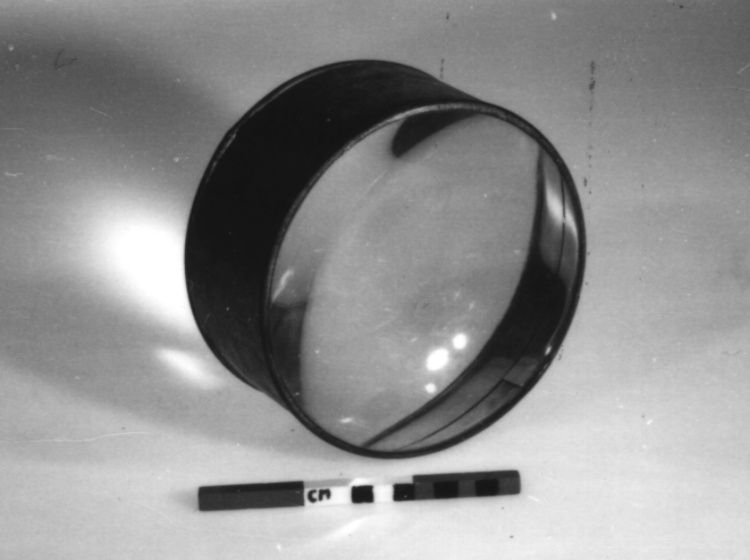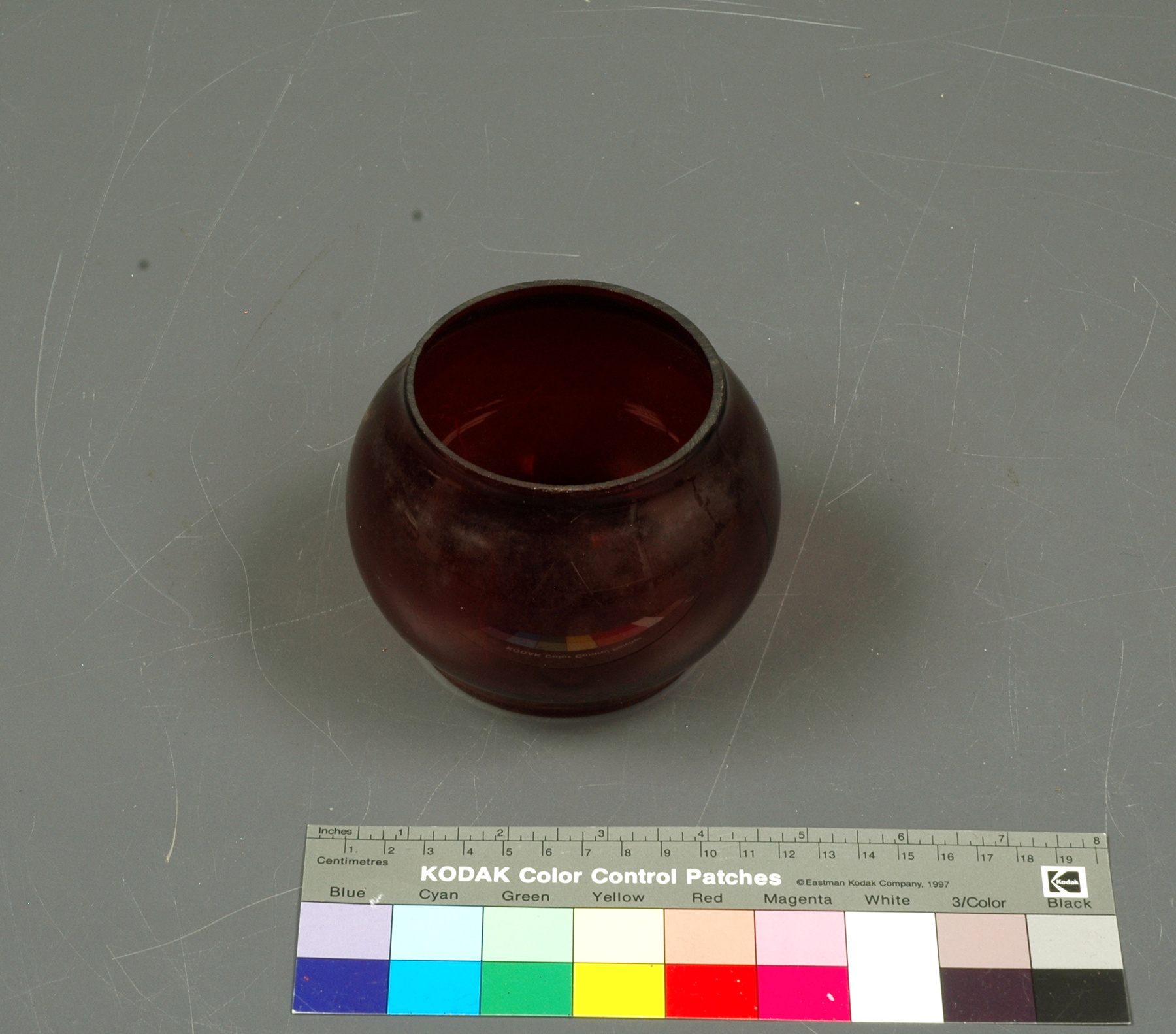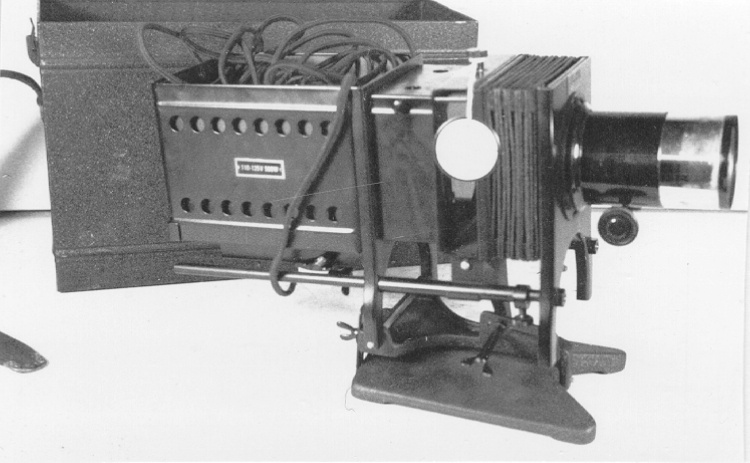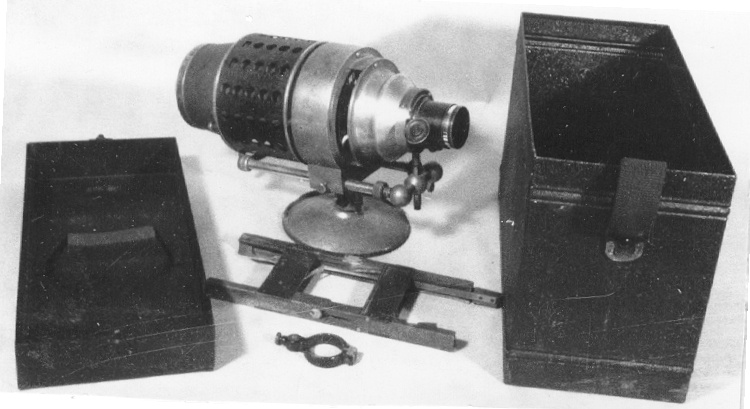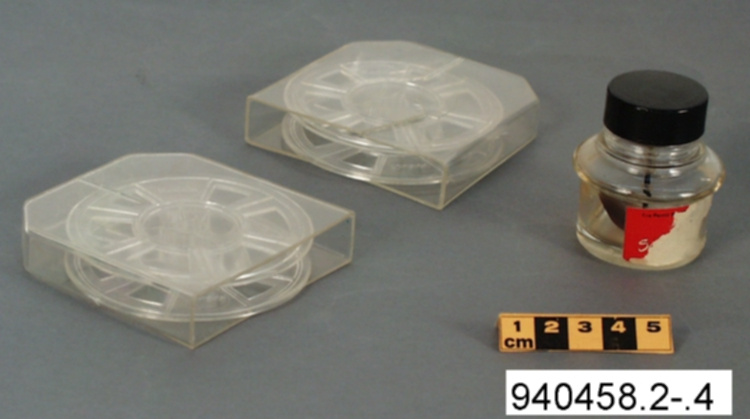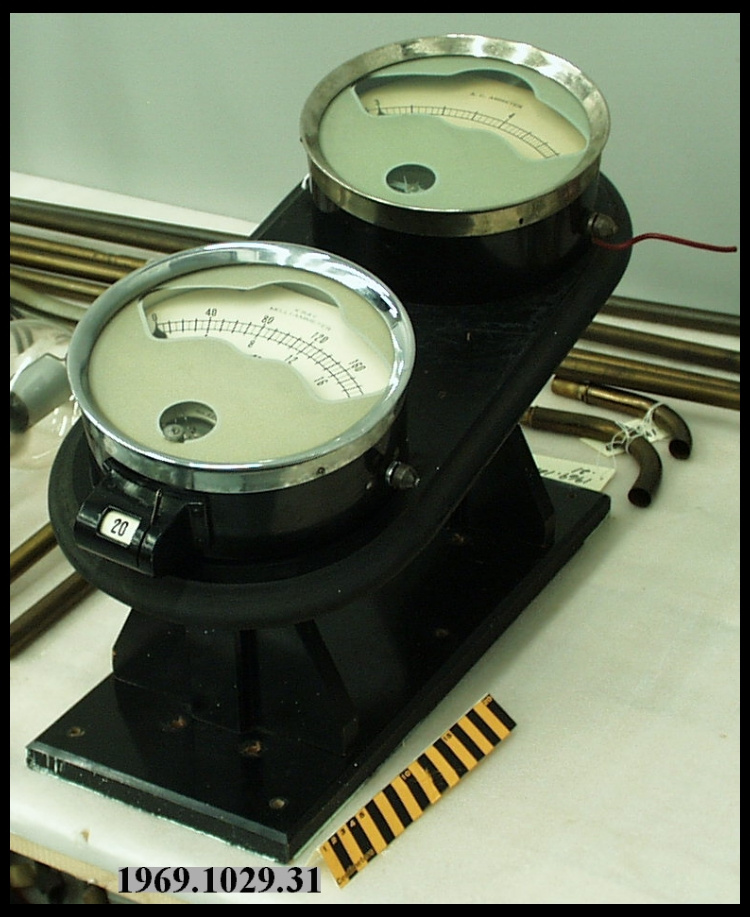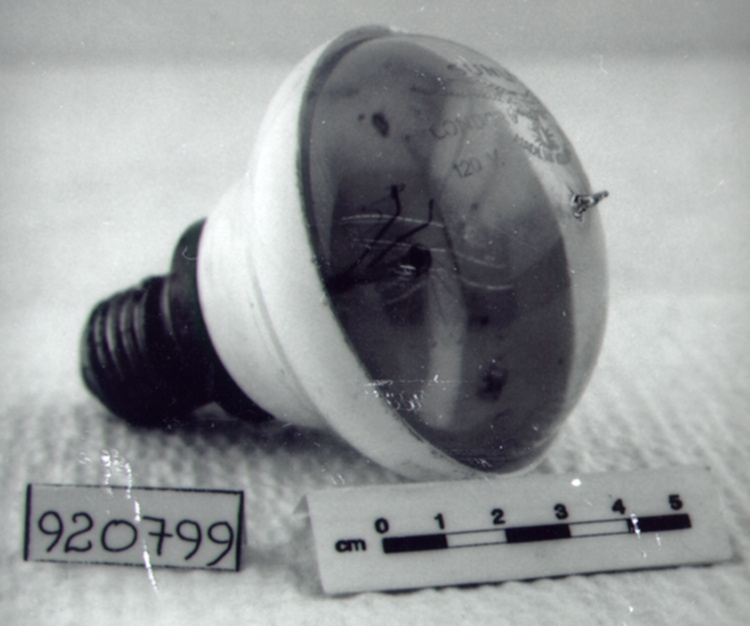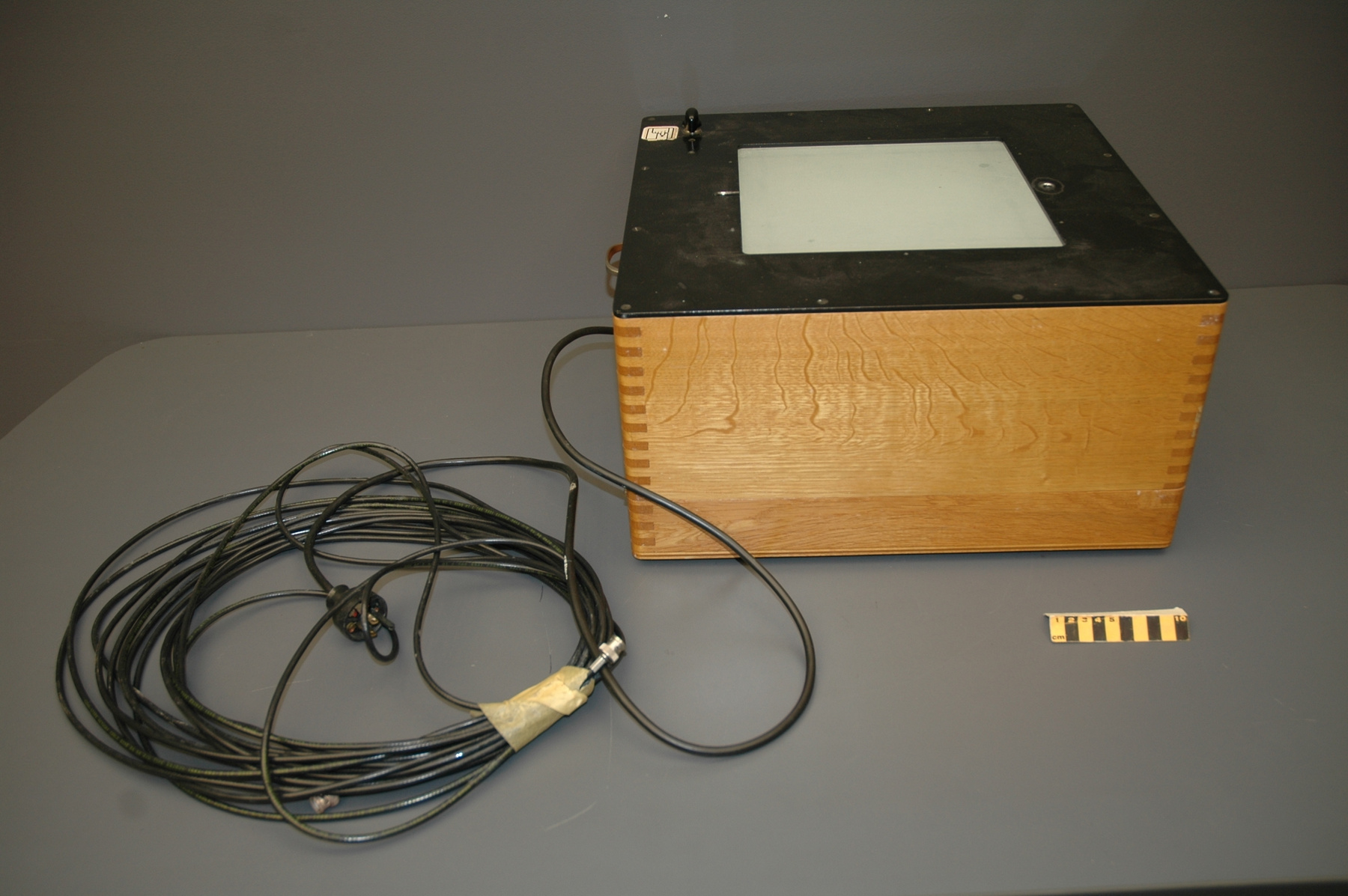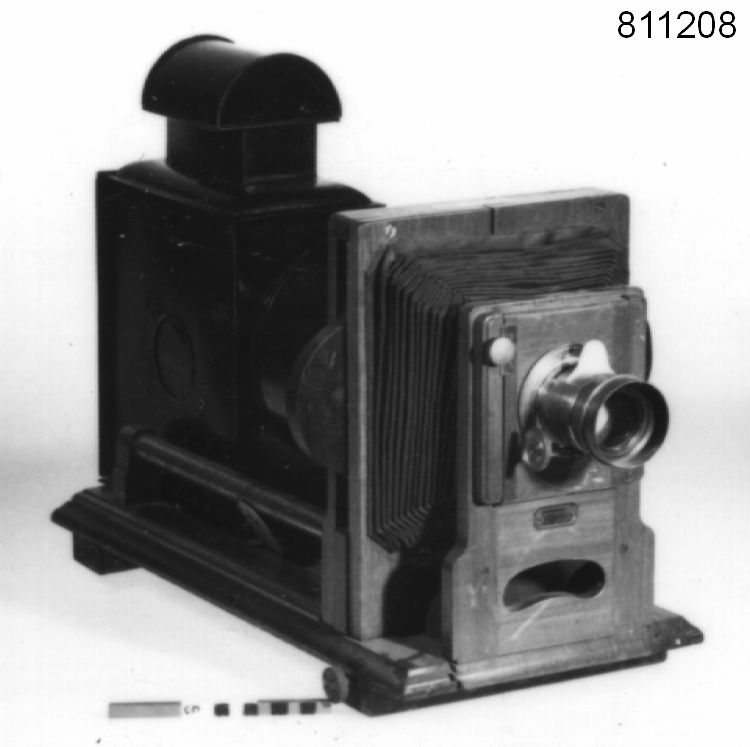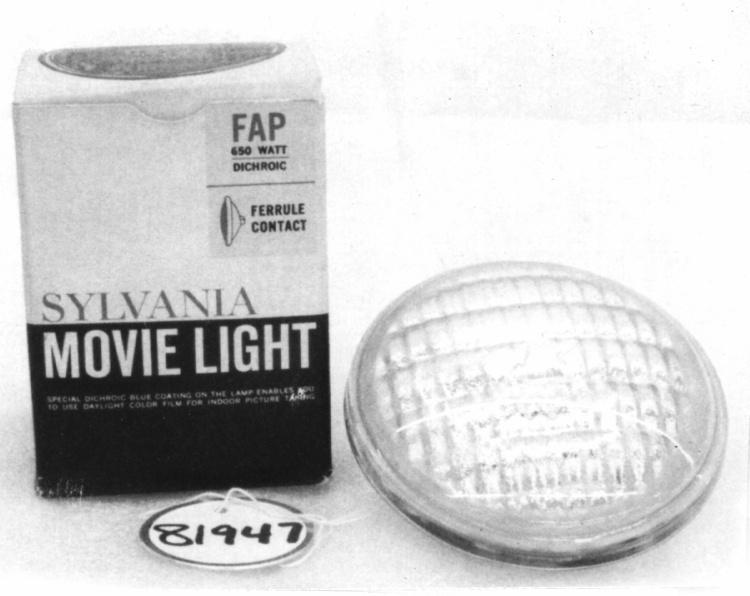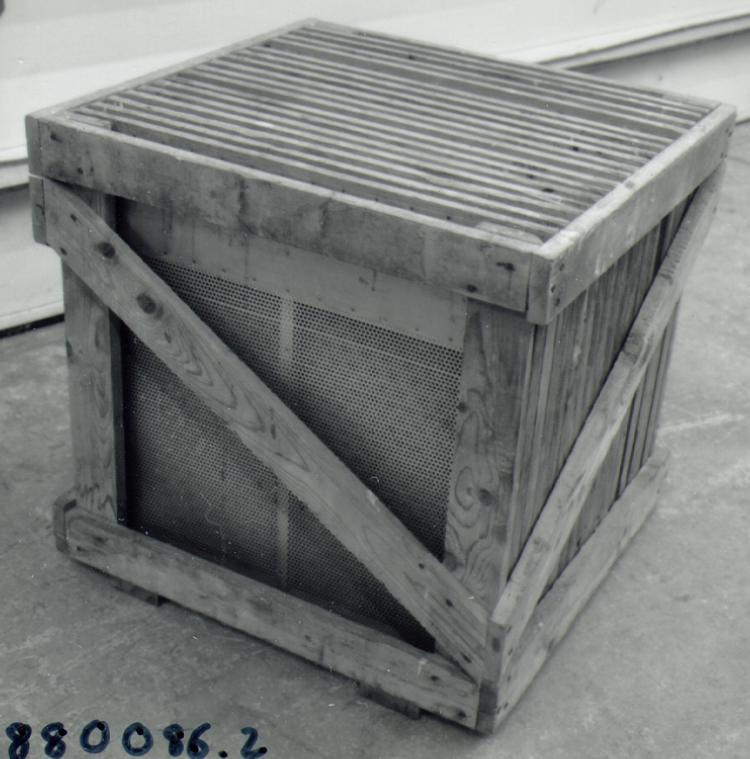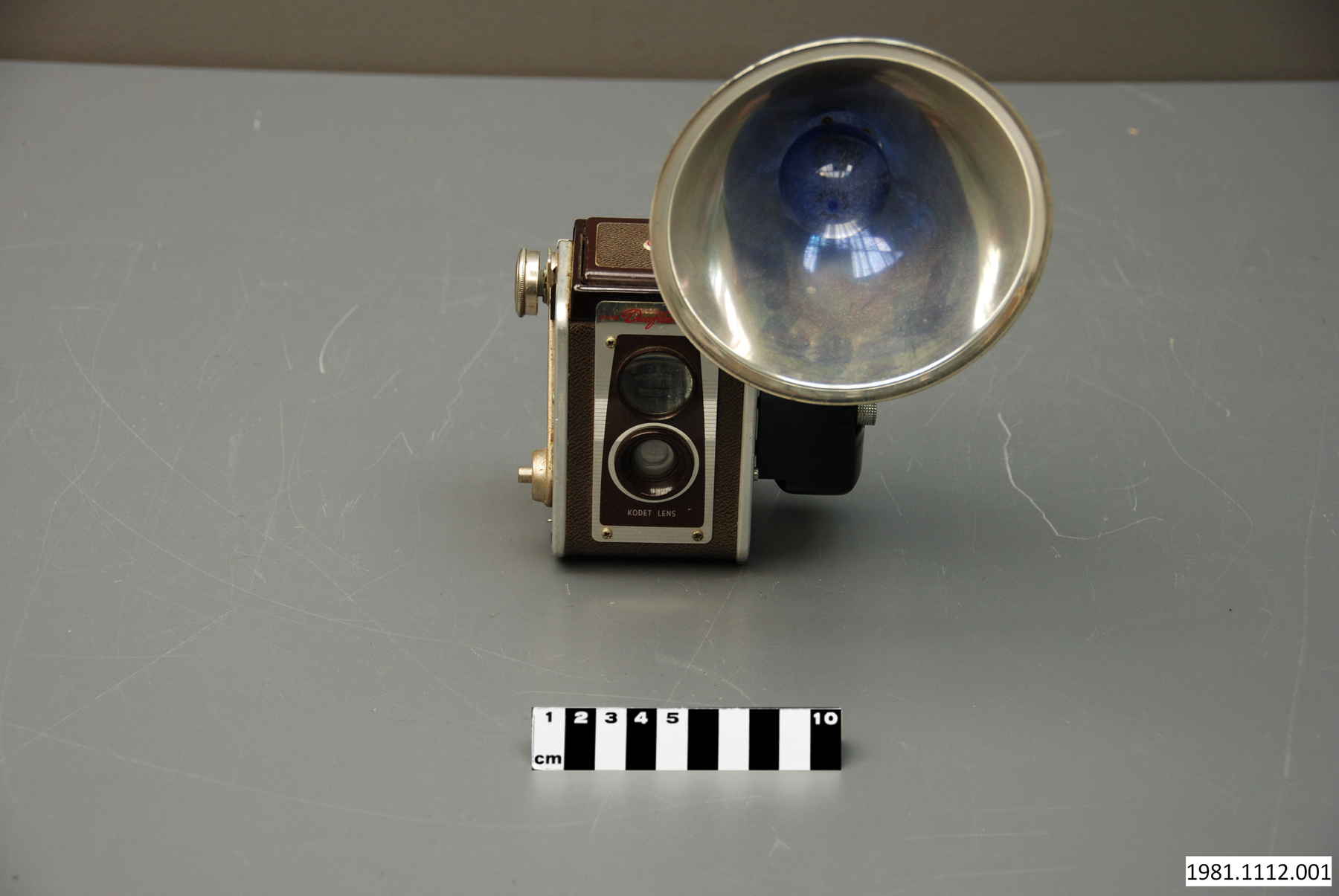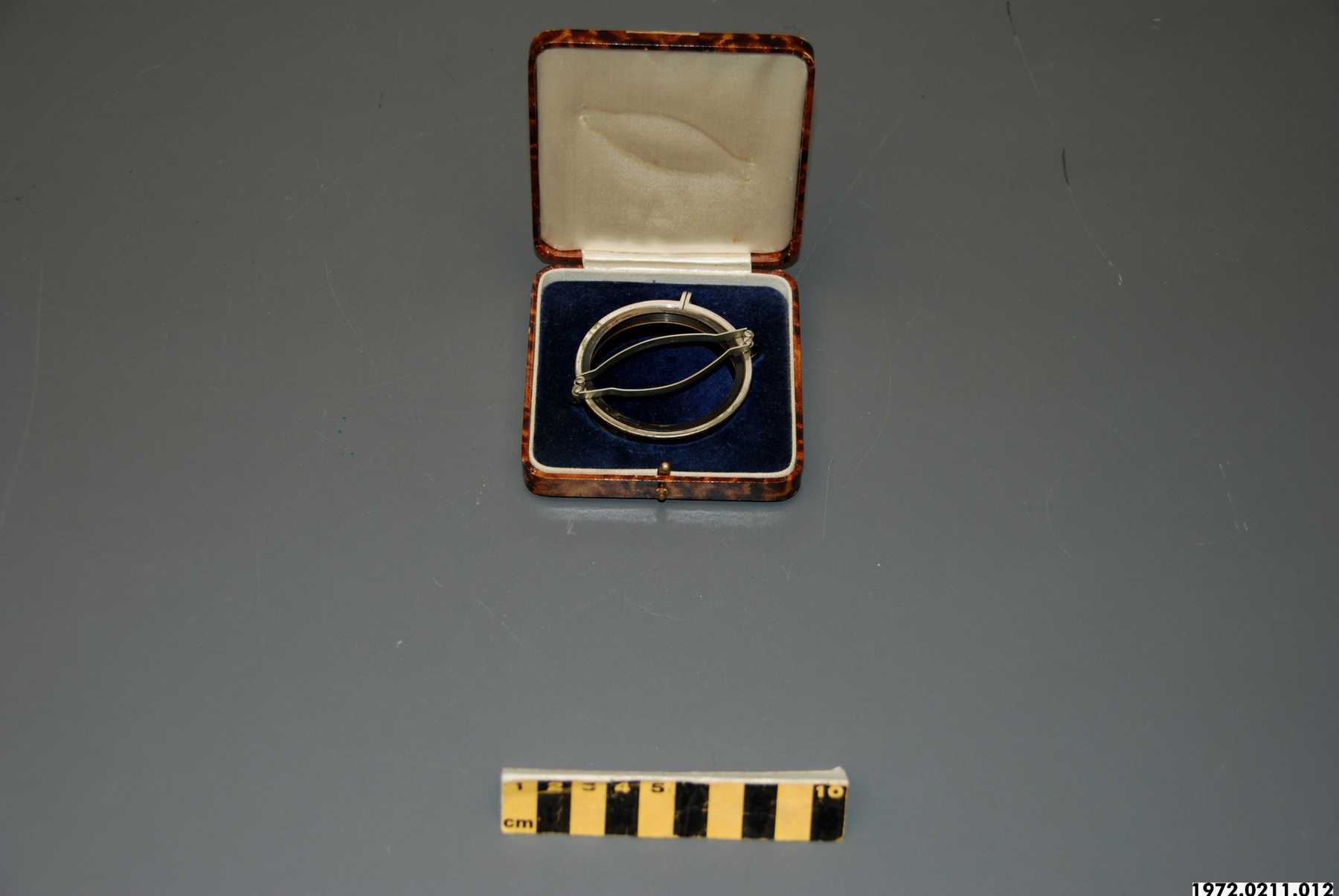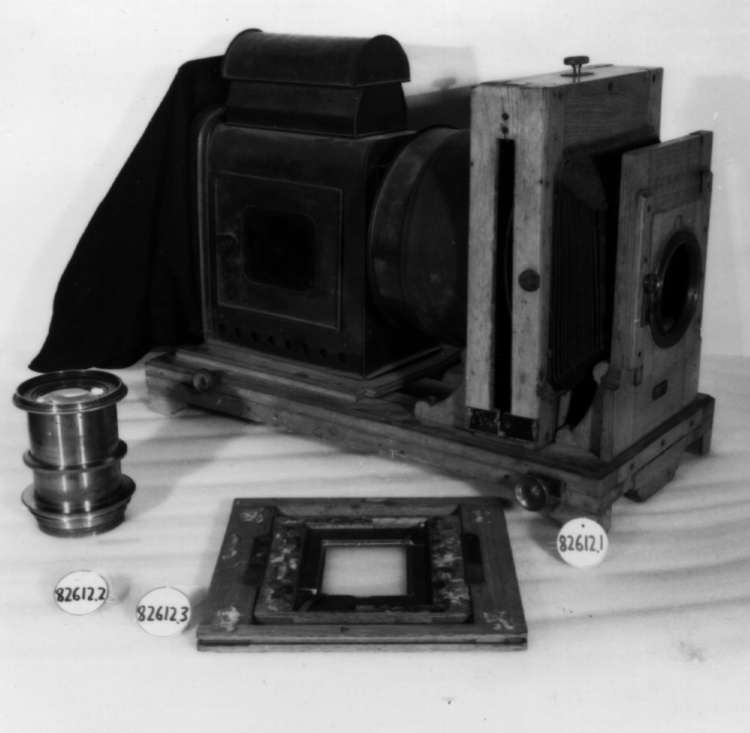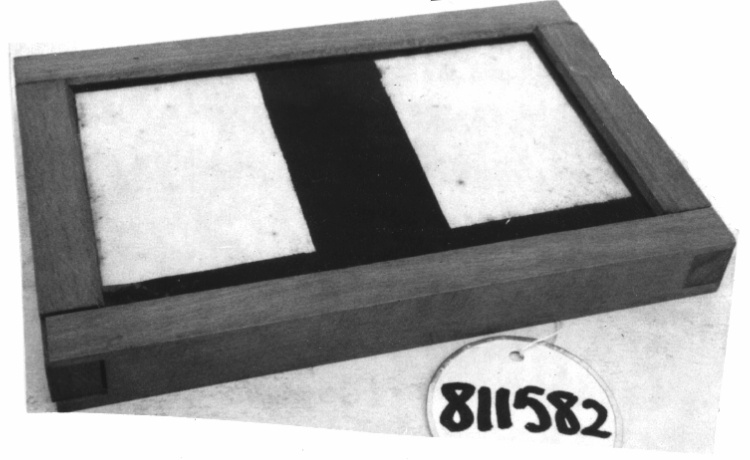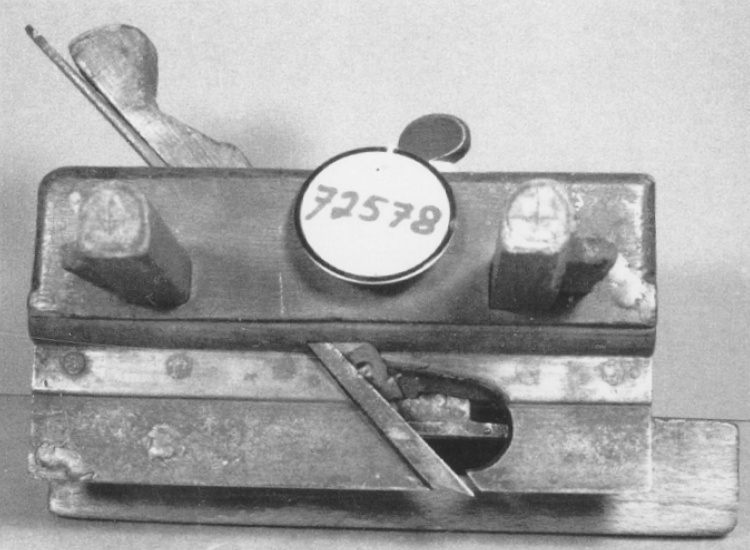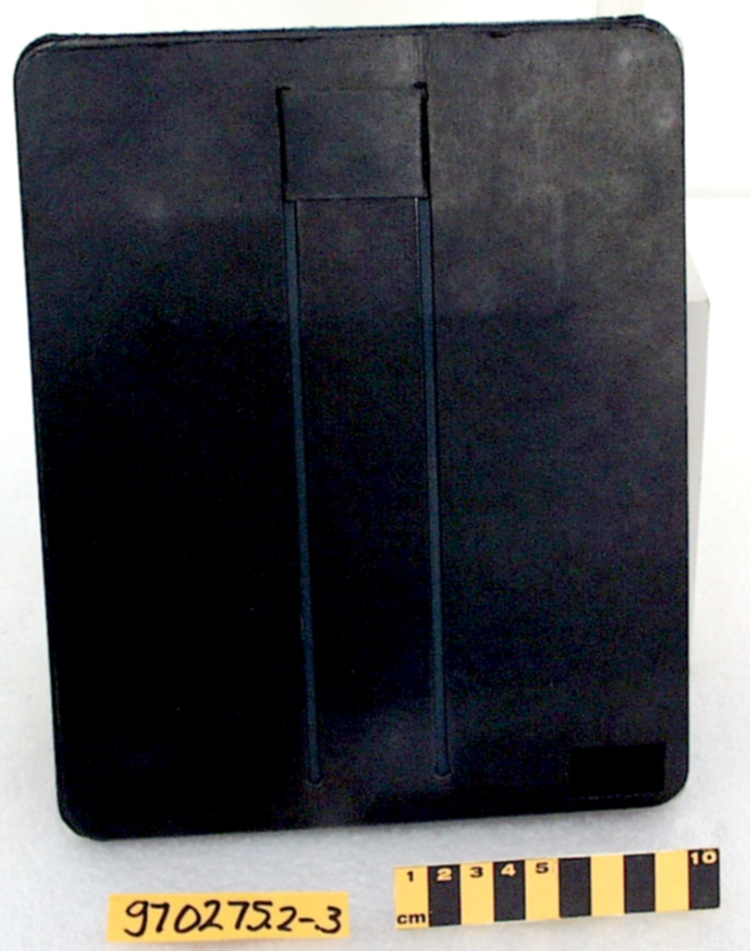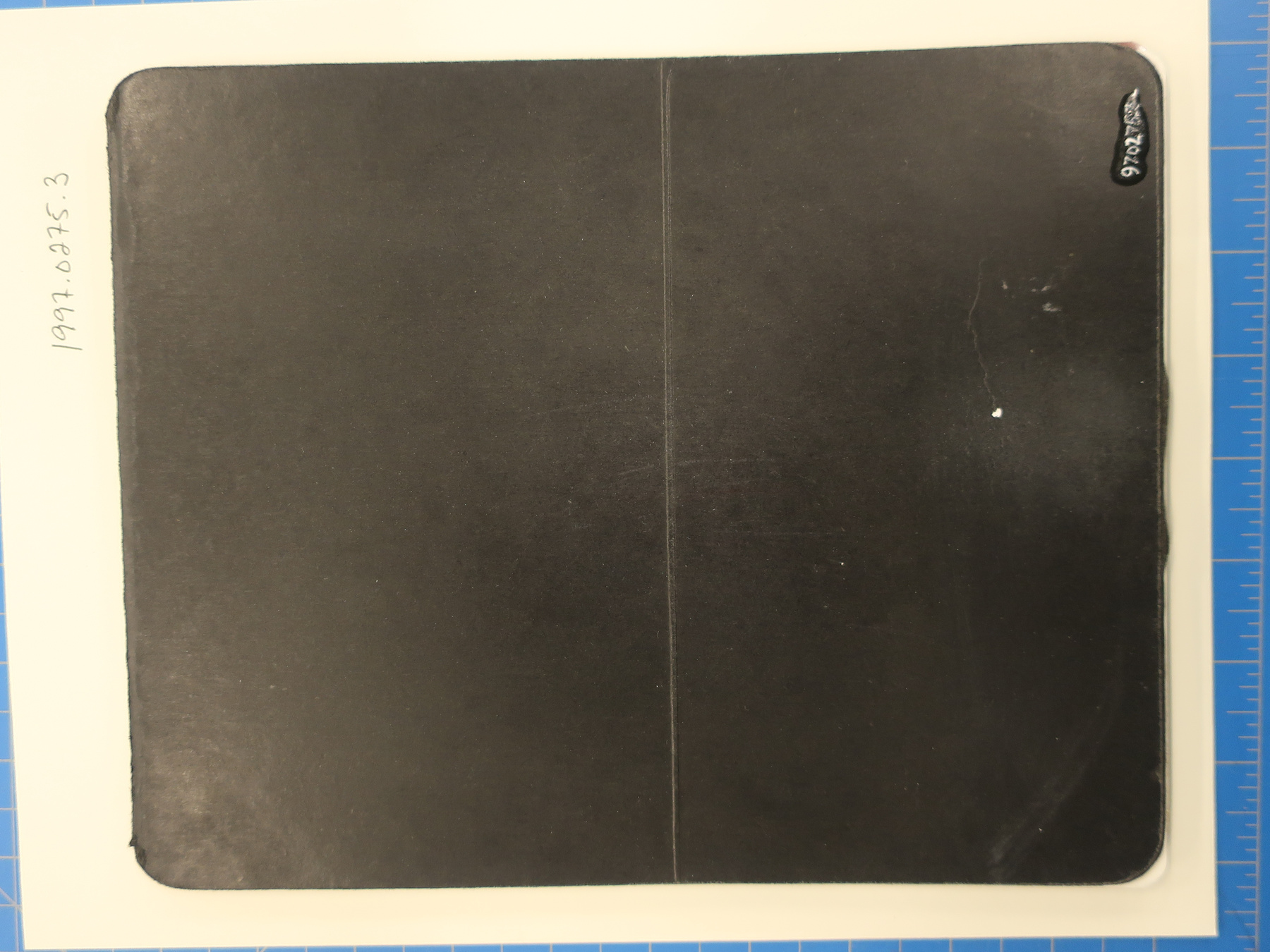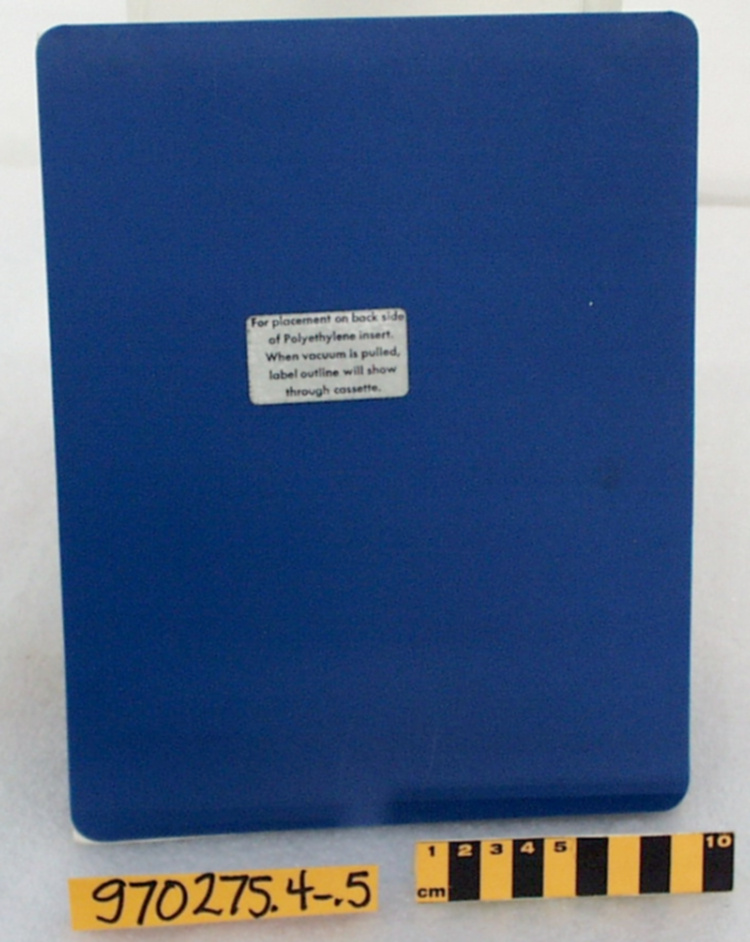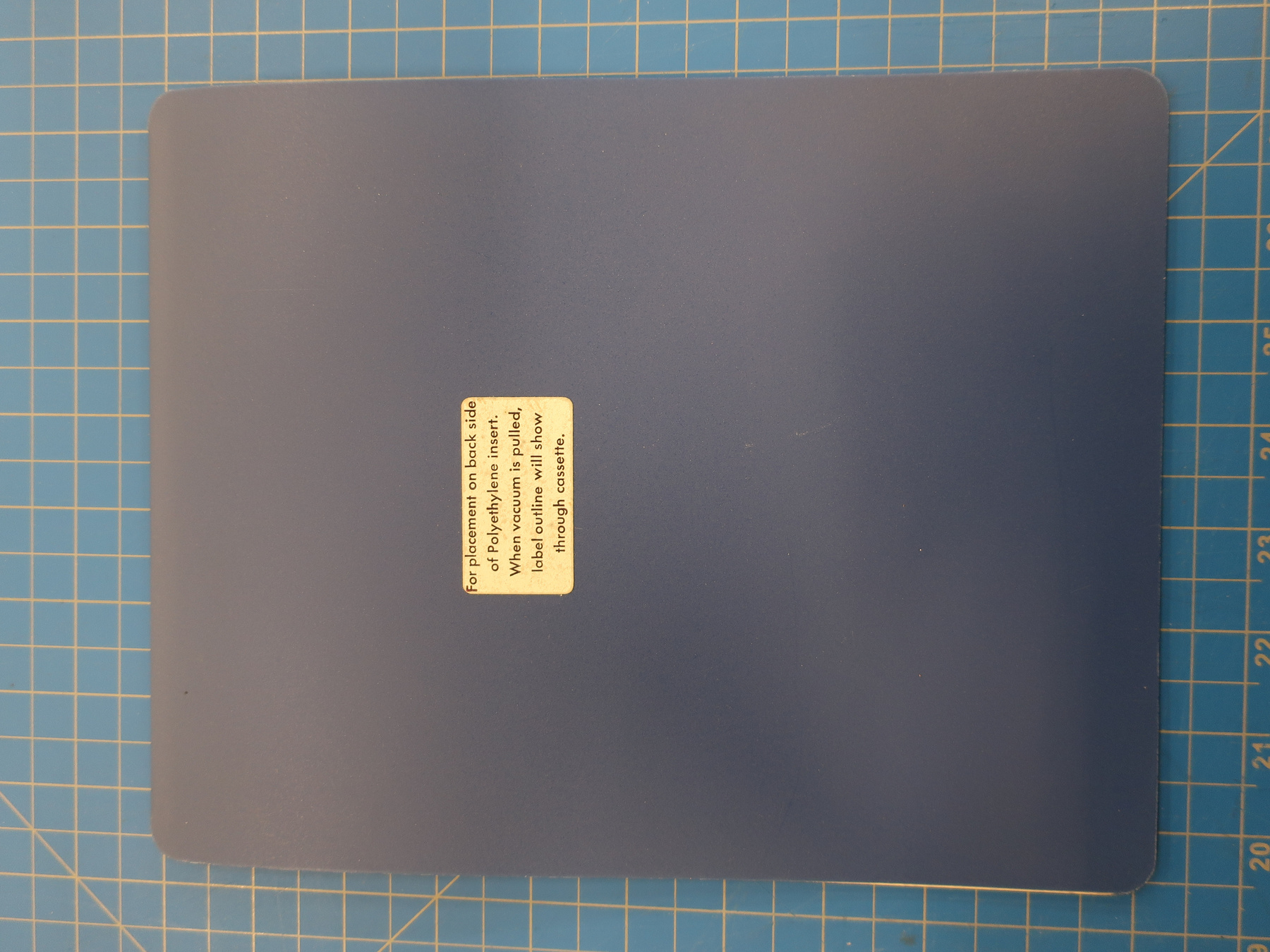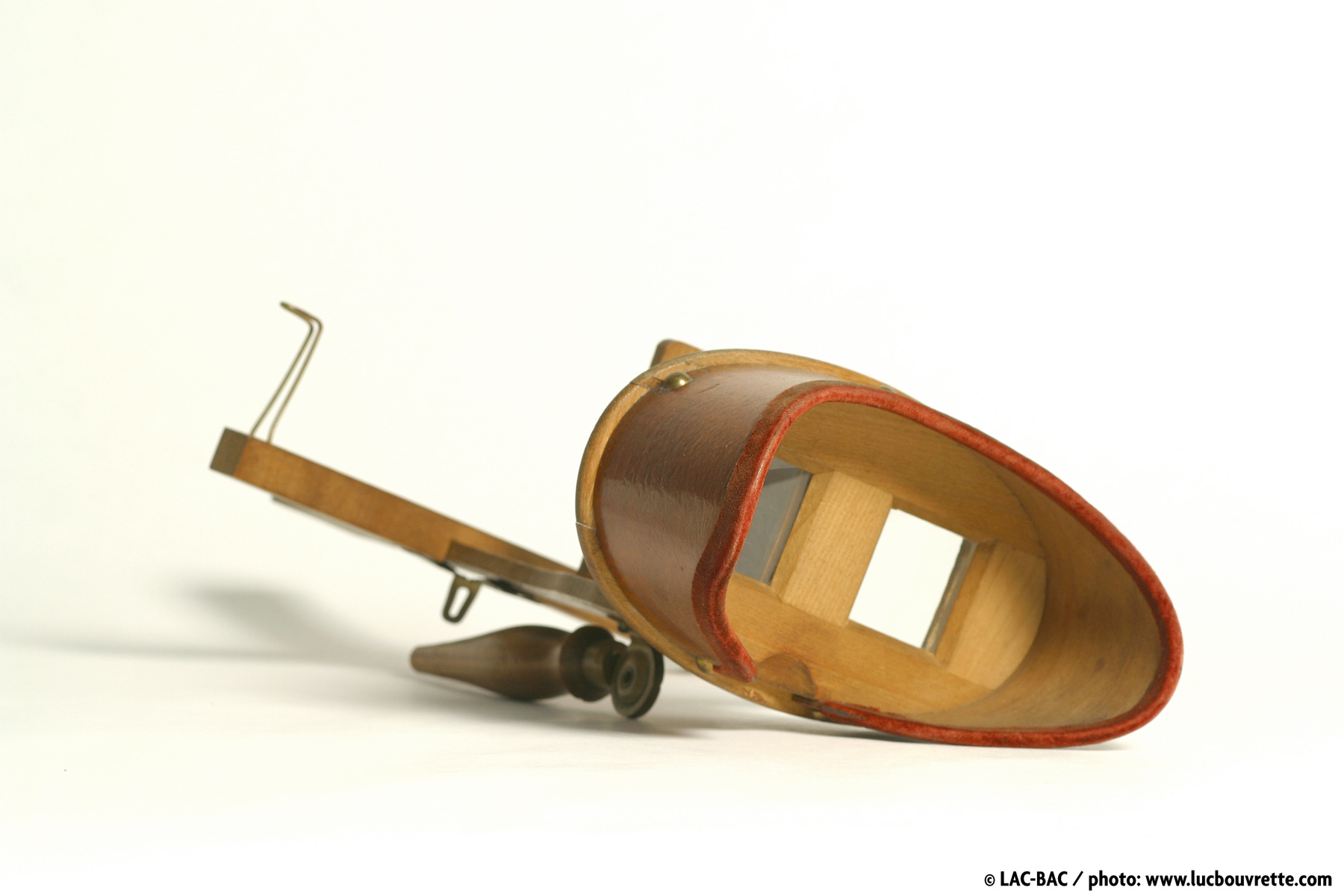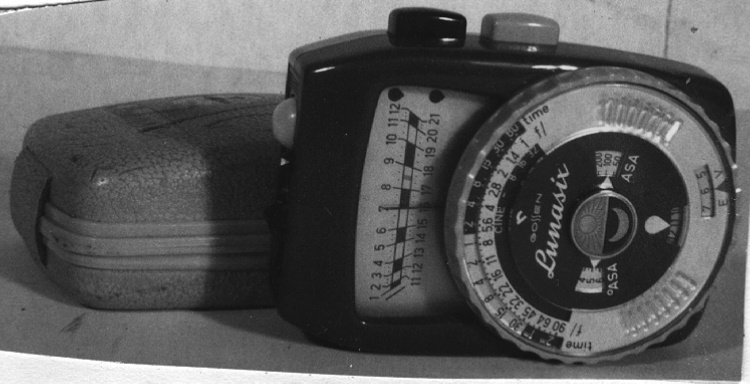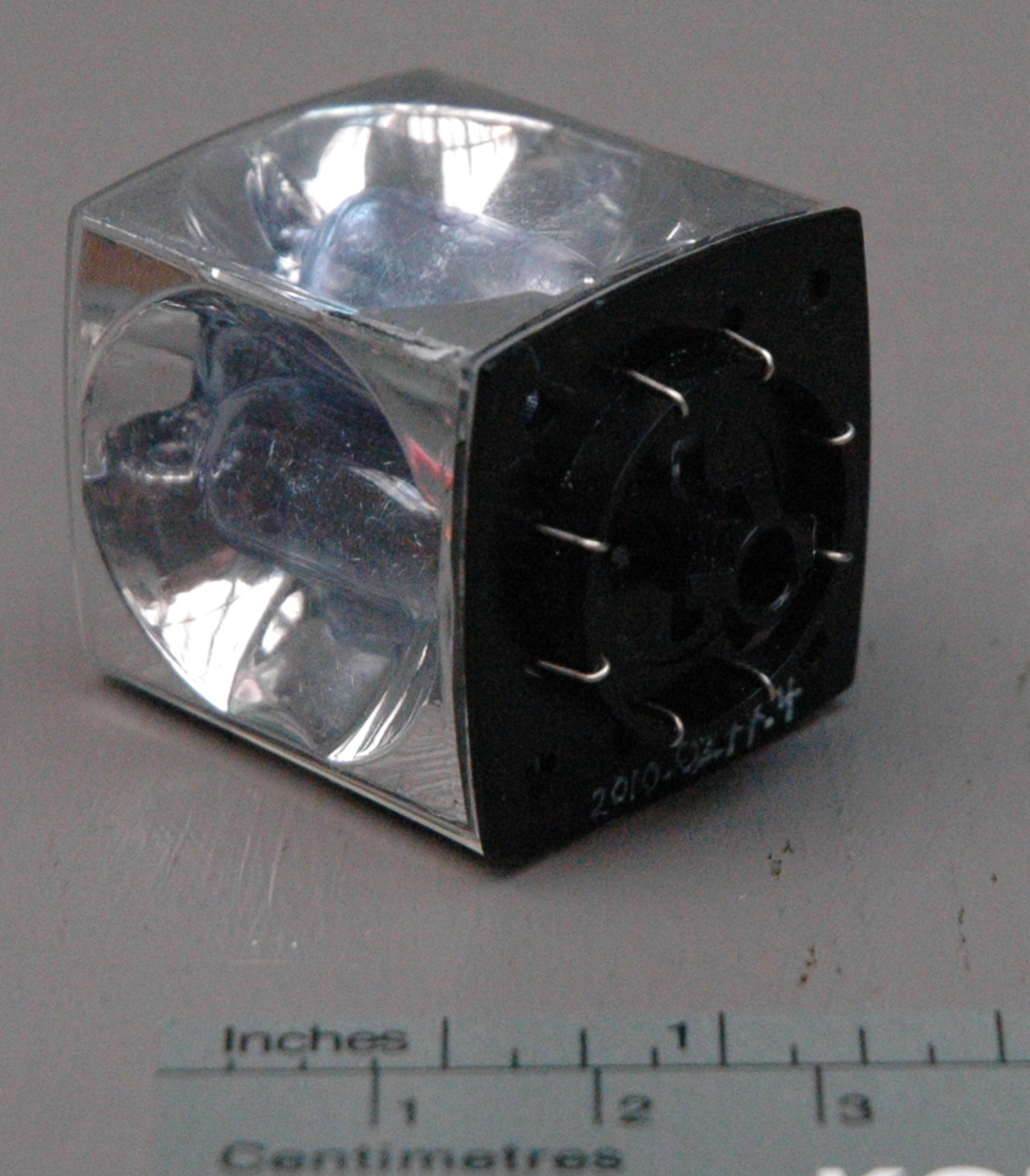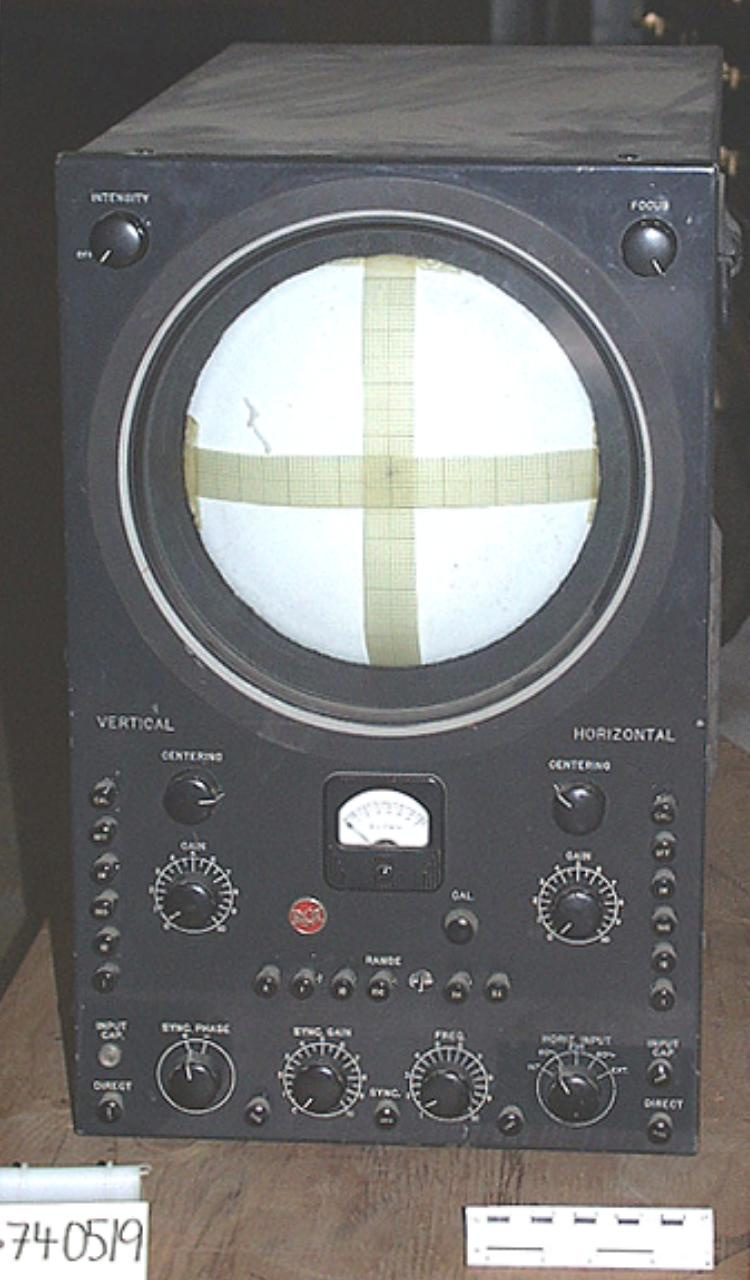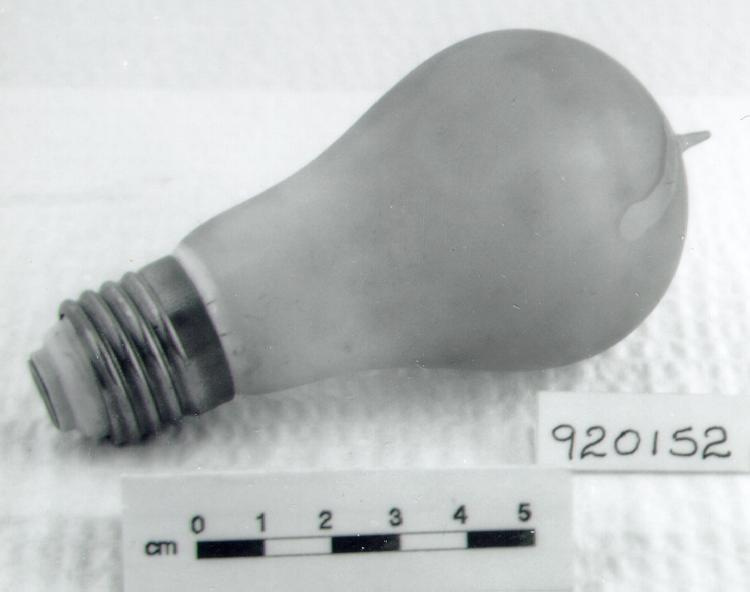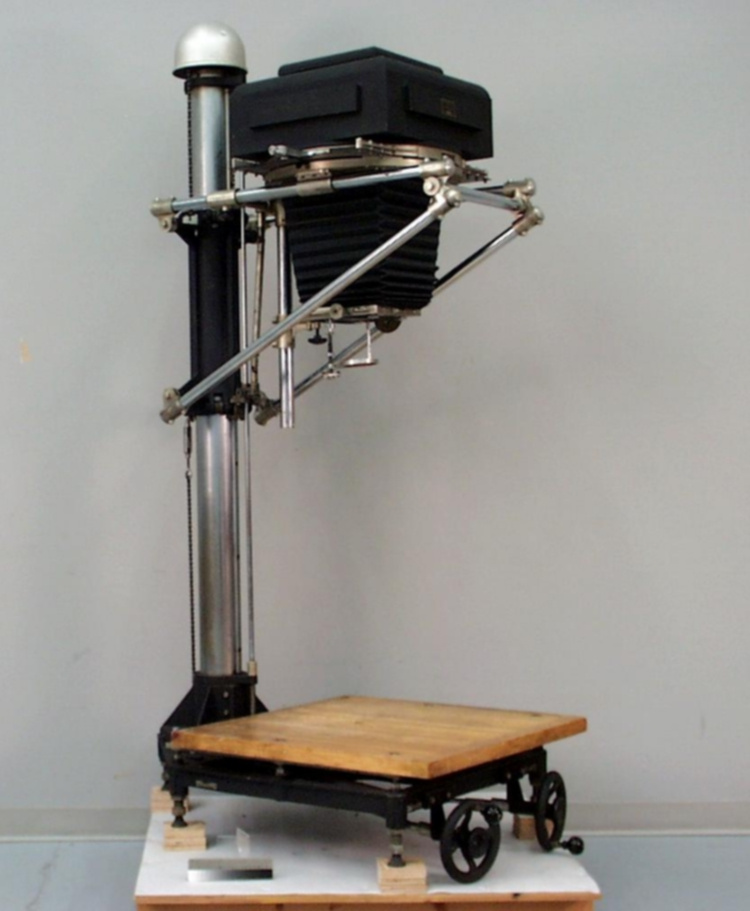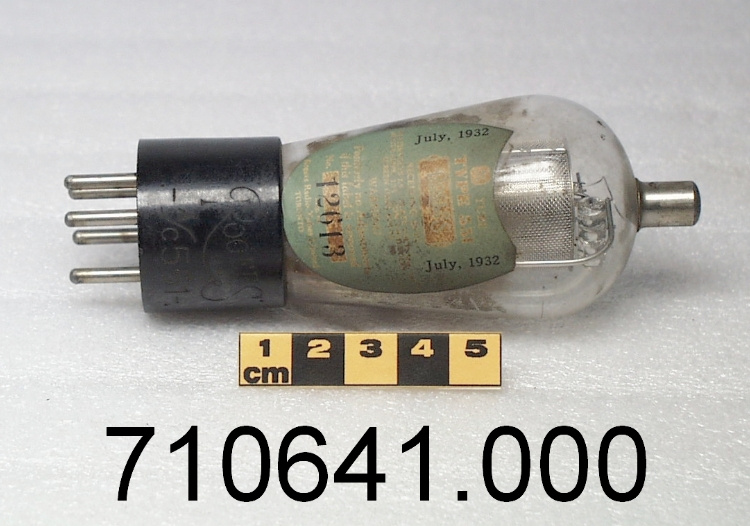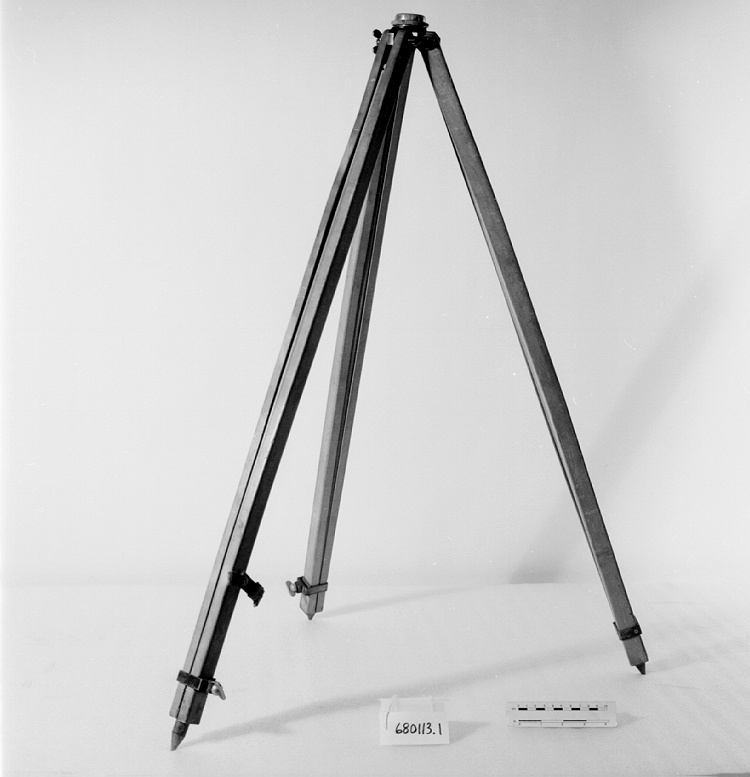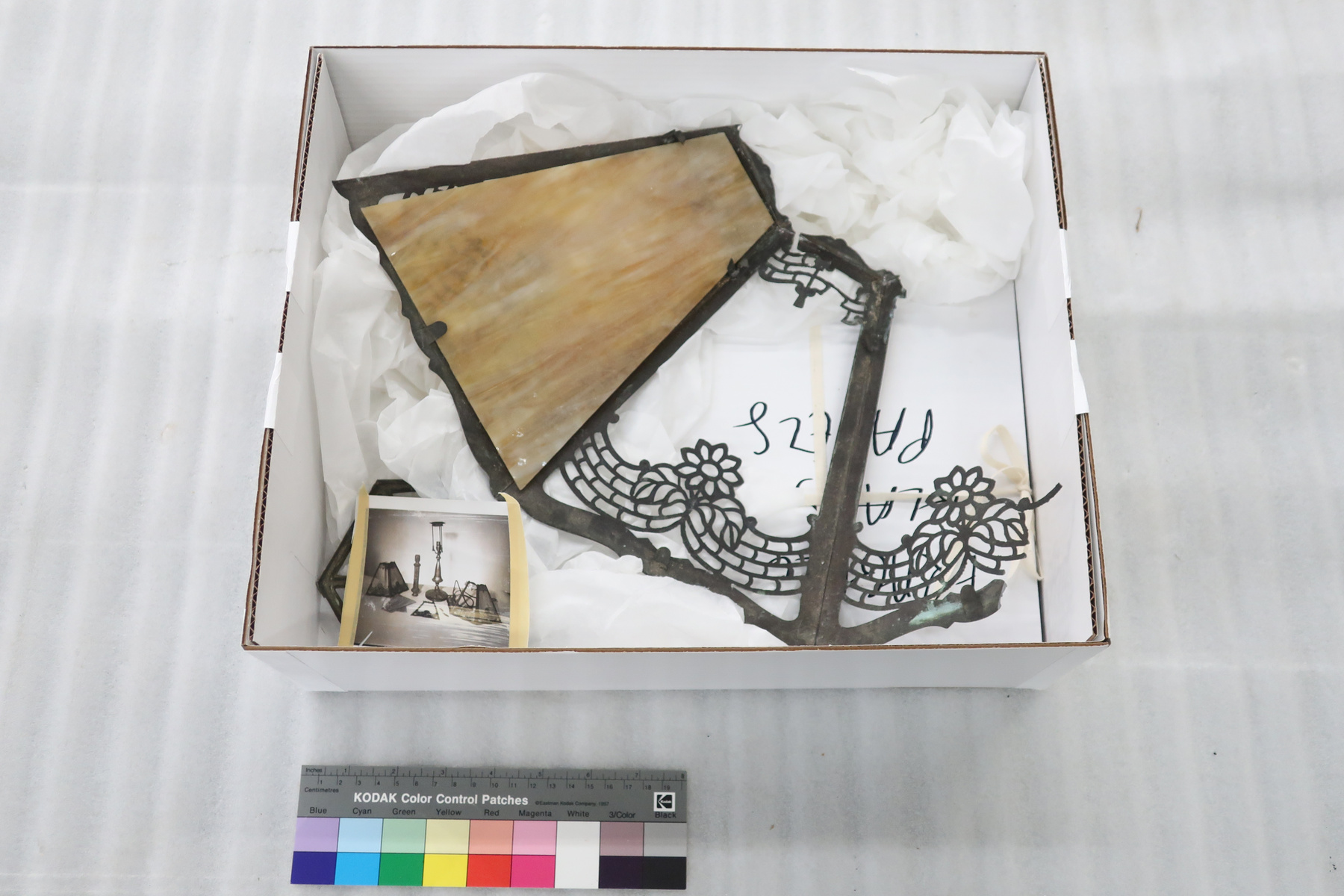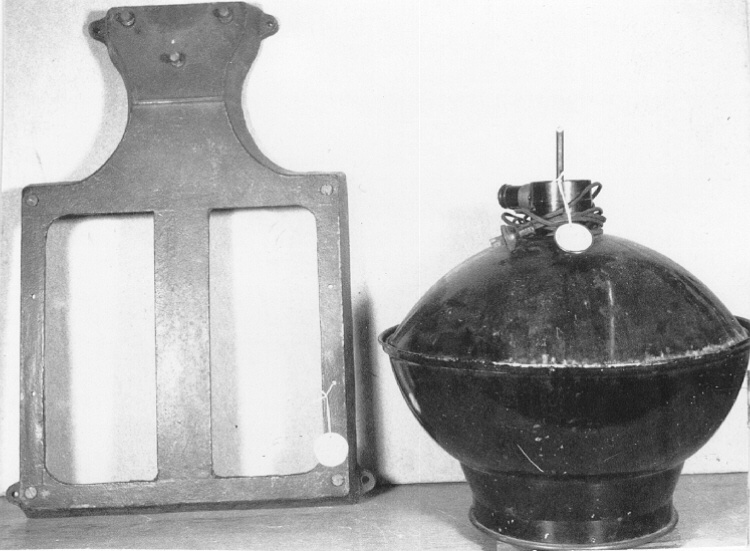Enlarger
Use this image
Can I reuse this image without permission? Yes
Object images on the Ingenium Collection’s portal have the following Creative Commons license:
Copyright Ingenium / CC BY-NC-ND (Attribution-NonCommercial 4.0 International (CC BY-NC 4.0)
ATTRIBUTE THIS IMAGE
Ingenium,
1972.0211.001
Permalink:
Ingenium is releasing this image under the Creative Commons licensing framework, and encourages downloading and reuse for non-commercial purposes. Please acknowledge Ingenium and cite the artifact number.
DOWNLOAD IMAGEPURCHASE THIS IMAGE
This image is free for non-commercial use.
For commercial use, please consult our Reproduction Fees and contact us to purchase the image.
- OBJECT TYPE
- Vertical/Horizontal/5x7
- DATE
- 1926
- ARTIFACT NUMBER
- 1972.0211.001
- MANUFACTURER
- Unknown
- MODEL
- Unknown
- LOCATION
- Unknown
More Information
General Information
- Serial #
- N/A
- Part Number
- 1
- Total Parts
- 12
- AKA
- N/A
- Patents
- N/A
- General Description
- Cast iron/ Brass/ Tin/ Wood/ Glass/ Metal/ Velvet.
Dimensions
Note: These reflect the general size for storage and are not necessarily representative of the object's true dimensions.
- Length
- 145.0 cm
- Width
- 93.0 cm
- Height
- 42.0 cm
- Thickness
- N/A
- Weight
- N/A
- Diameter
- N/A
- Volume
- N/A
Lexicon
- Group
- Photography
- Category
- Still processing
- Sub-Category
- N/A
Manufacturer
- AKA
- Unknown
- Country
- Unknown
- State/Province
- Unknown
- City
- Unknown
Context
- Country
- Unknown
- State/Province
- Unknown
- Period
- Put in service June 28, 1933.
- Canada
-
Elwood-type enlargers were an inexpensive design and were popular for use in small portrait studios. - Function
-
Used to project an enlarged image from a negative onto a sheet of photographic paper. - Technical
-
This enlarger, invented by Elwood C. Rogers of Indianapolis, Indiana, is designed to evenly illuminate the negative and projected field, which consequently avoids uneven heating of the negative and possible warping of film negatives or breaking of glass negatives. In order to achieve these objectives, Rogers used a frosted or coated light bulb as the light source, as well as a non-diffusing reflector (or polished reflective surface). Between the negative and reflector, Rogers inserted a sand blasted glass screen to correct inequalities in the light rays, which would otherwise pass through the negative. The rougher, more heavily blasted surface in the centre of the screen provided more diffusion of the strong, direct light rays from the bulb. According to the Focal Encyclopedia of Photography (1969), the resulting soft, diffused light produced by this type of enlarger tended to "subdue fine image detail, especially blemishes." This enlarger is also able to project both vertically and horizontally. - Area Notes
-
Unknown
Details
- Markings
- None.
- Missing
- From CA of 03/15/2002 by Matthew Bruce: No - appears complete (all catalogued parts accounted for, but not really "complete")
- Finish
- .1 Cast iron base, dark grey; 7 bolts on top; 4 holes in flange of each corner; counter sunk/ .3 w/Bulb; Painted black; Bottom tapers with wood guide strip & translucent glass over rectangular opening/ .4 board with strip on outside of 2 edges; Parallel guide lines inscribed inward/ .5 Wood frame holding another frame by metal clip;Glass inside smaller frame/ .6 Wood frame; Metal clips to hold insert/ .7 Wood frame holder; 2 metal clips; Clear double glass/ .8 F-45 series lens mounted on frame, all black; Adjusting ring inside/ .9 Shutter mounted on frame; Selecting speed wheel/ .10 frame w/metallic ring/ .11 Metal cone/ .12 Metal adjustable filter holder in velvet lined, leather case.
- Decoration
- N/A
CITE THIS OBJECT
If you choose to share our information about this collection object, please cite:
Unknown Manufacturer, Enlarger, after 1926, Artifact no. 1972.0211, Ingenium – Canada’s Museums of Science and Innovation, http://collections.ingeniumcanada.org/en/item/1972.0211.001/
FEEDBACK
Submit a question or comment about this artifact.
More Like This
